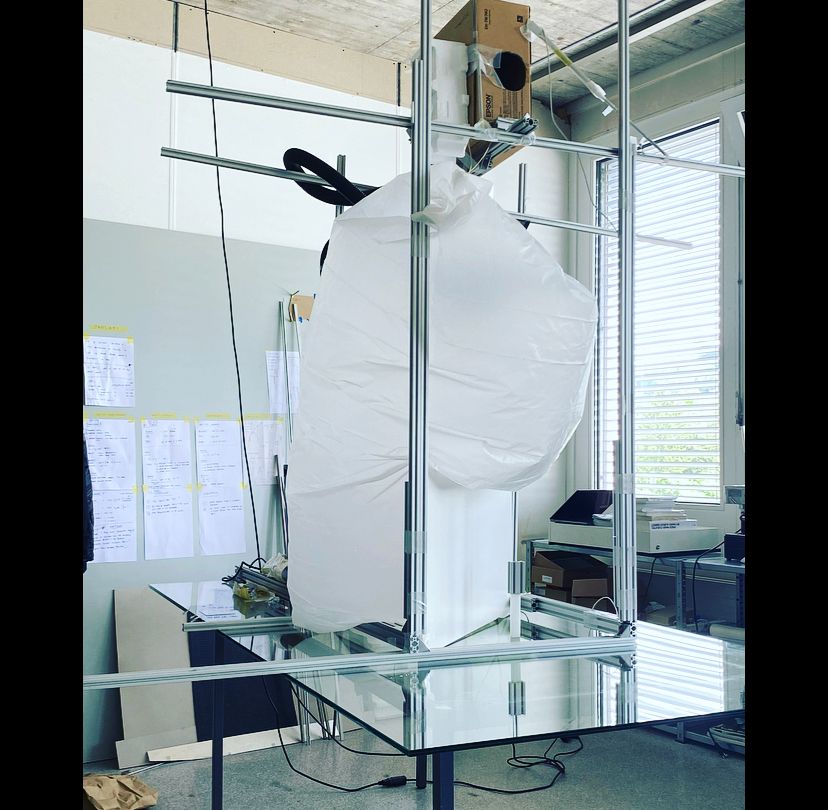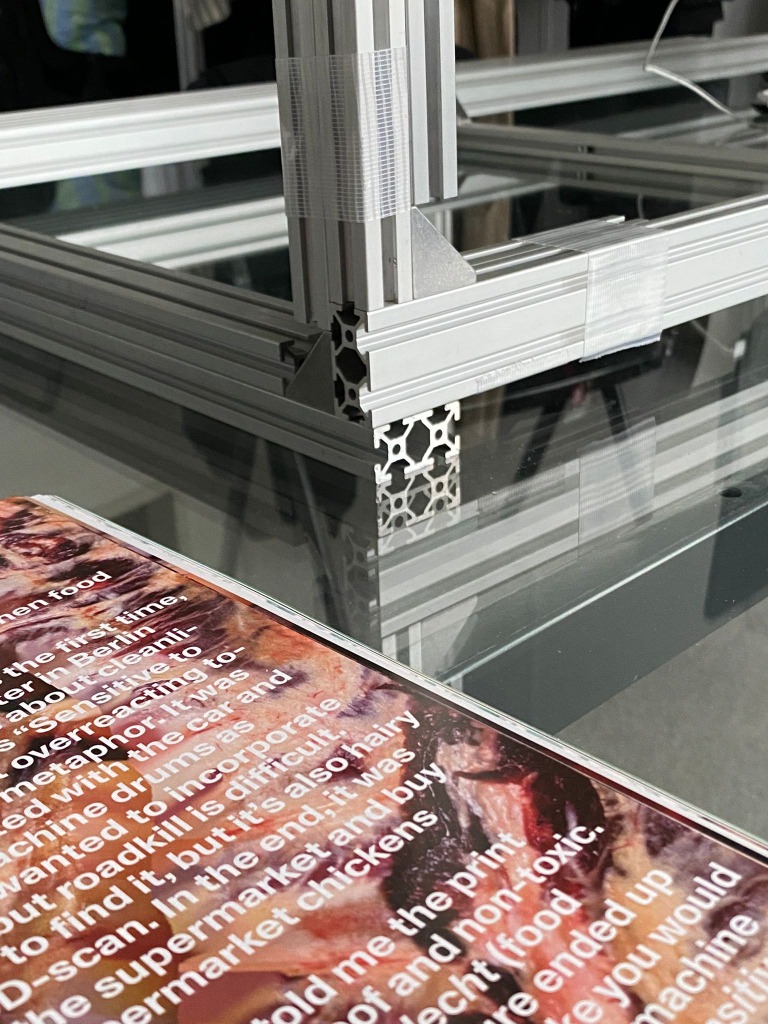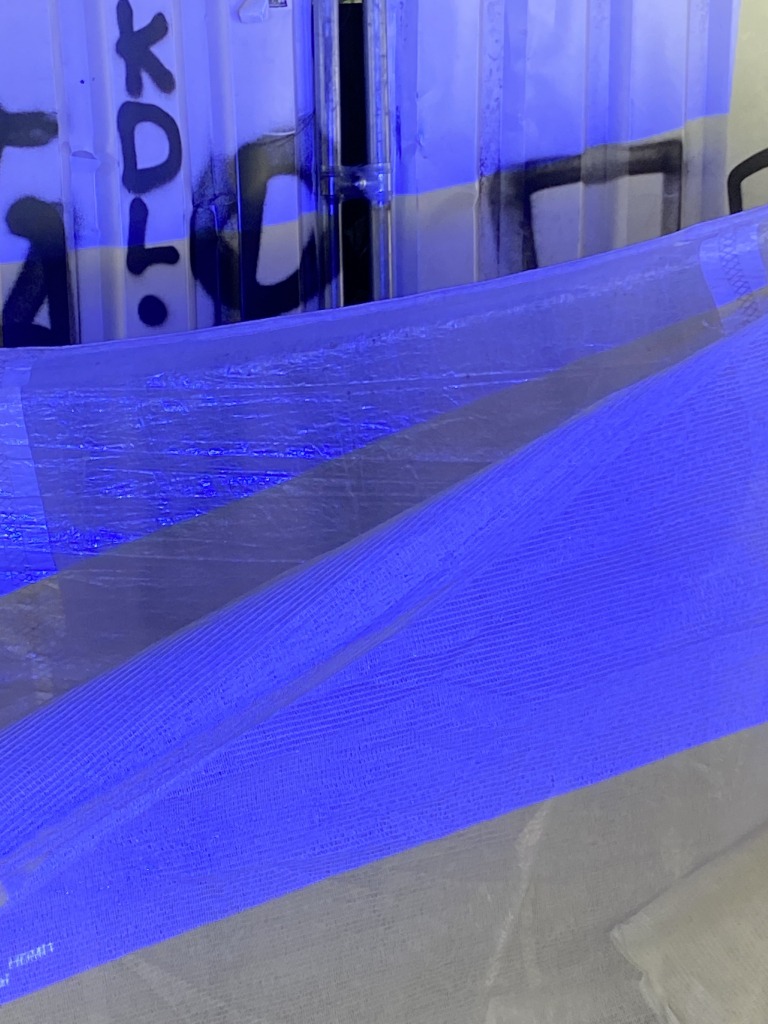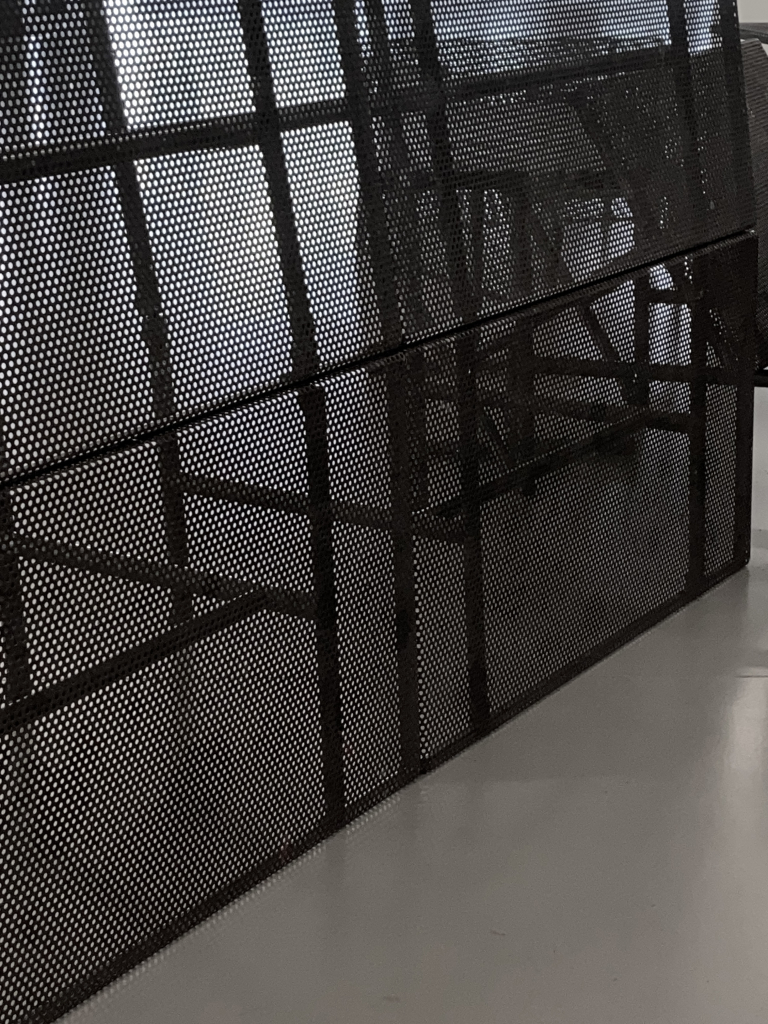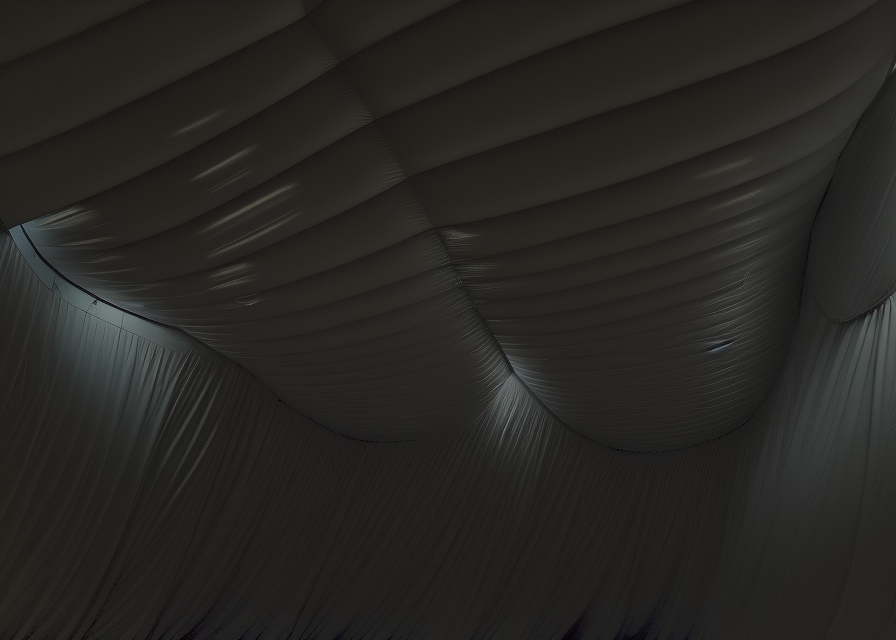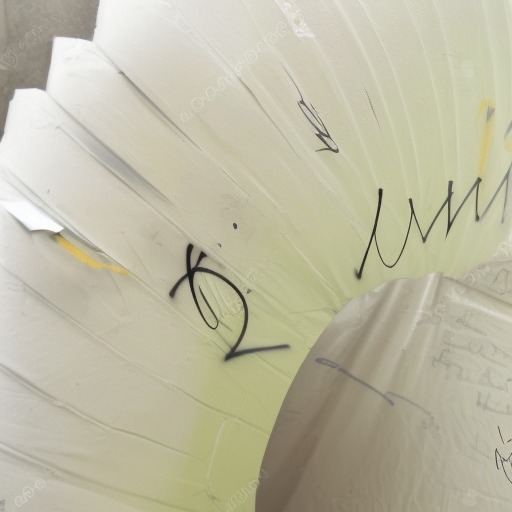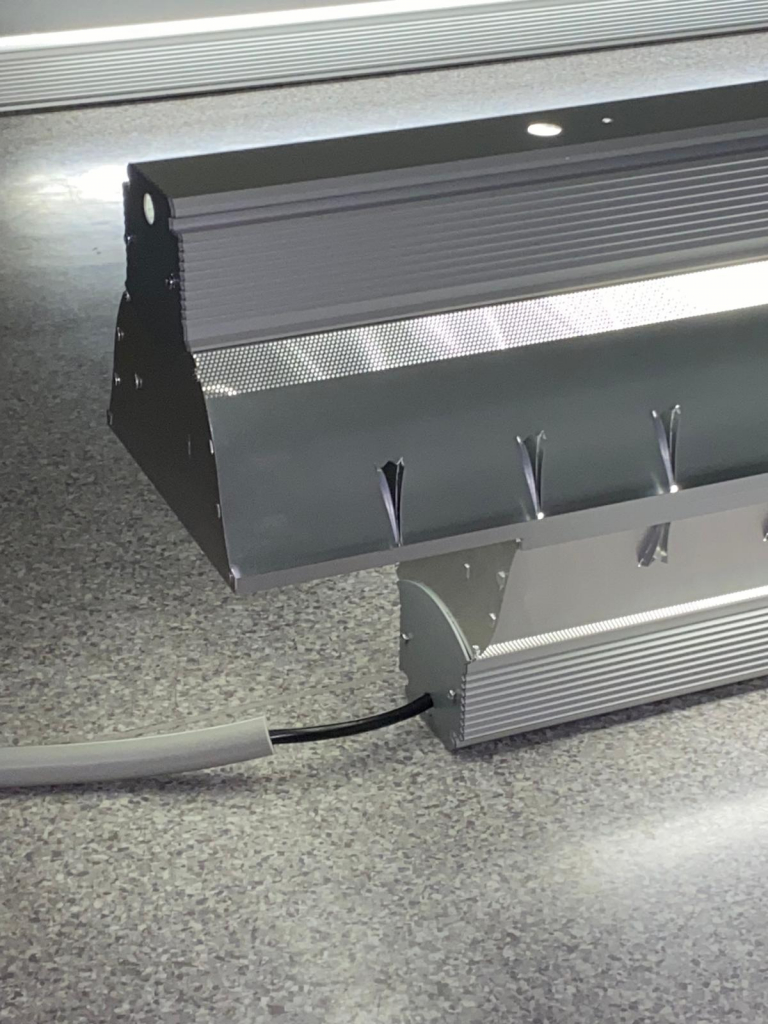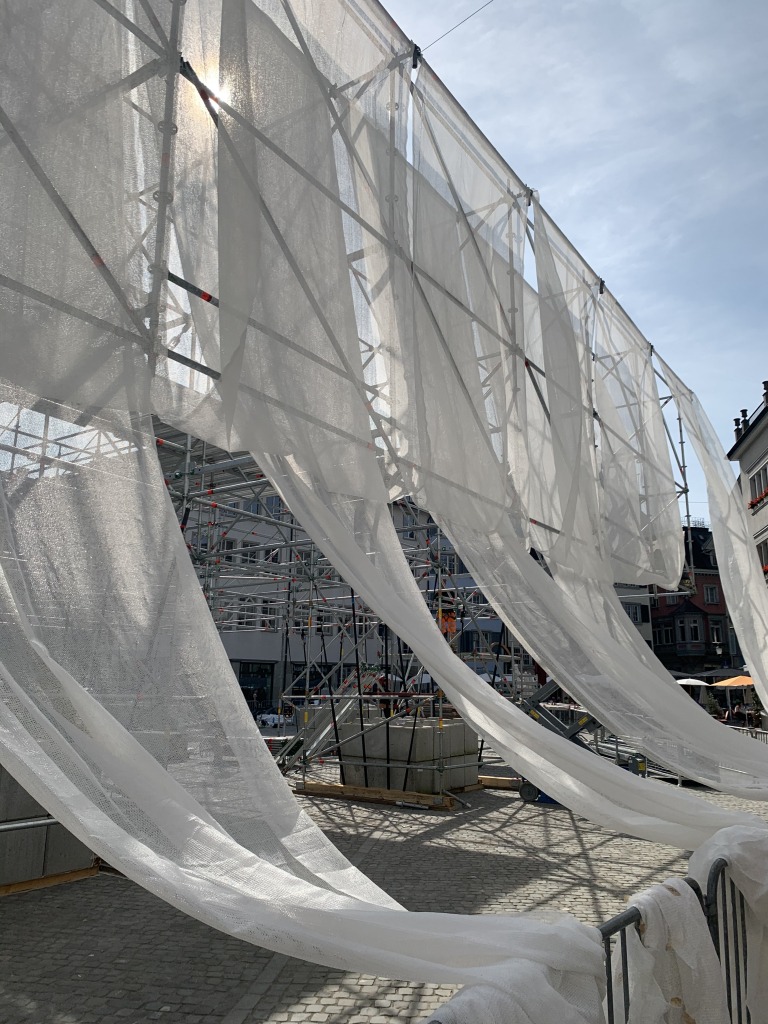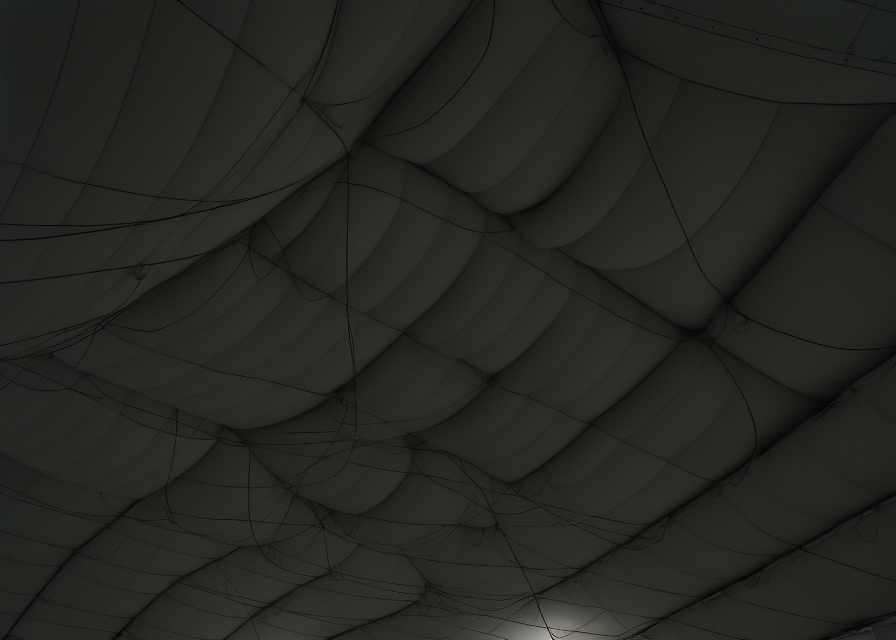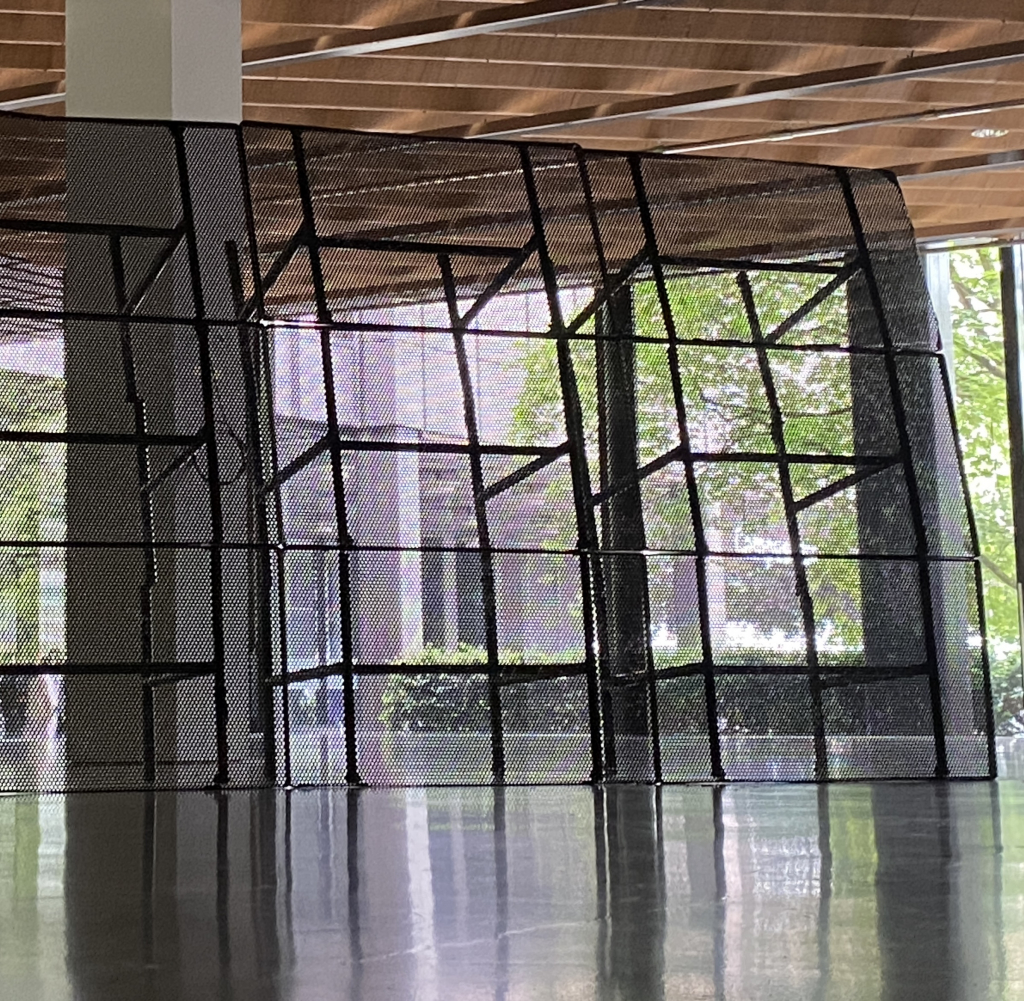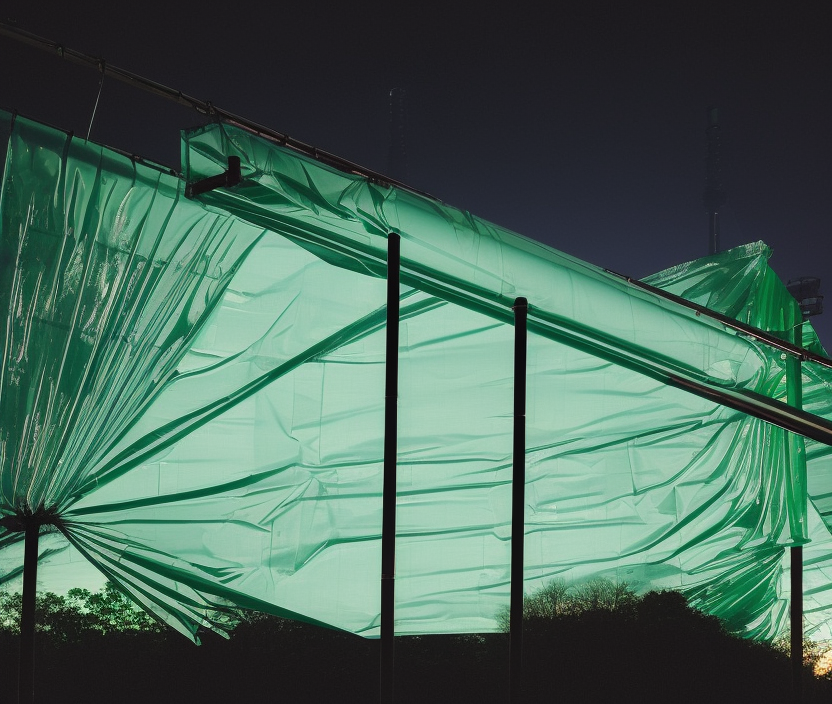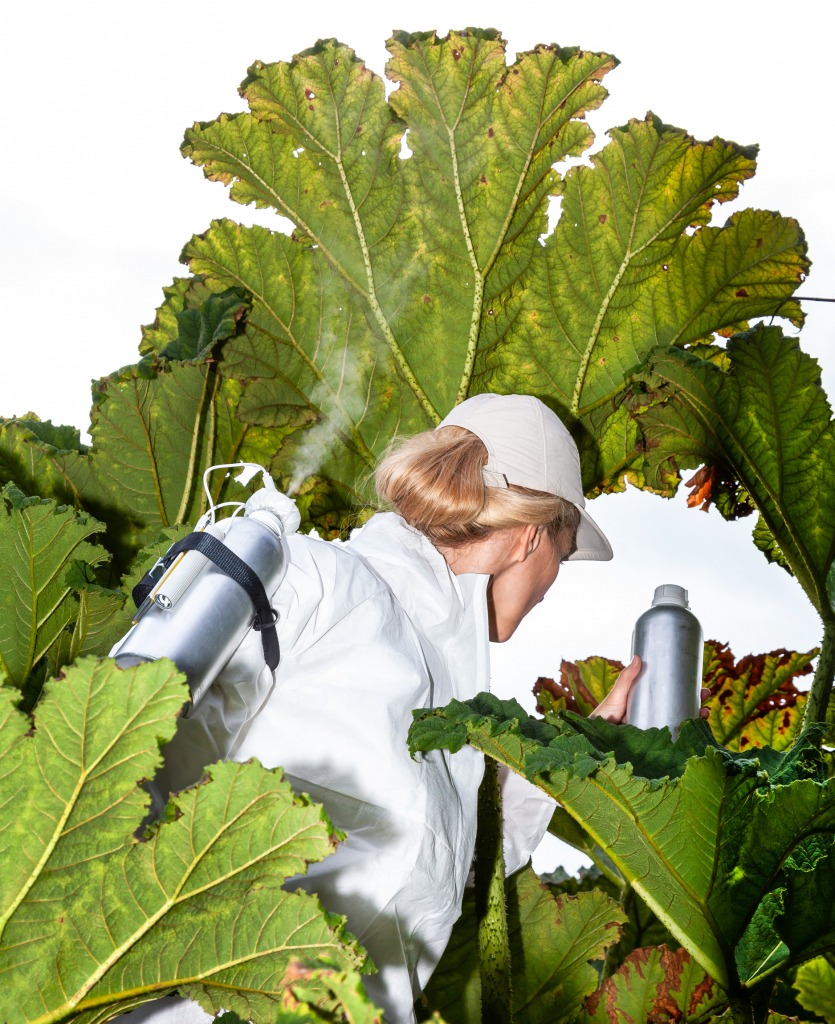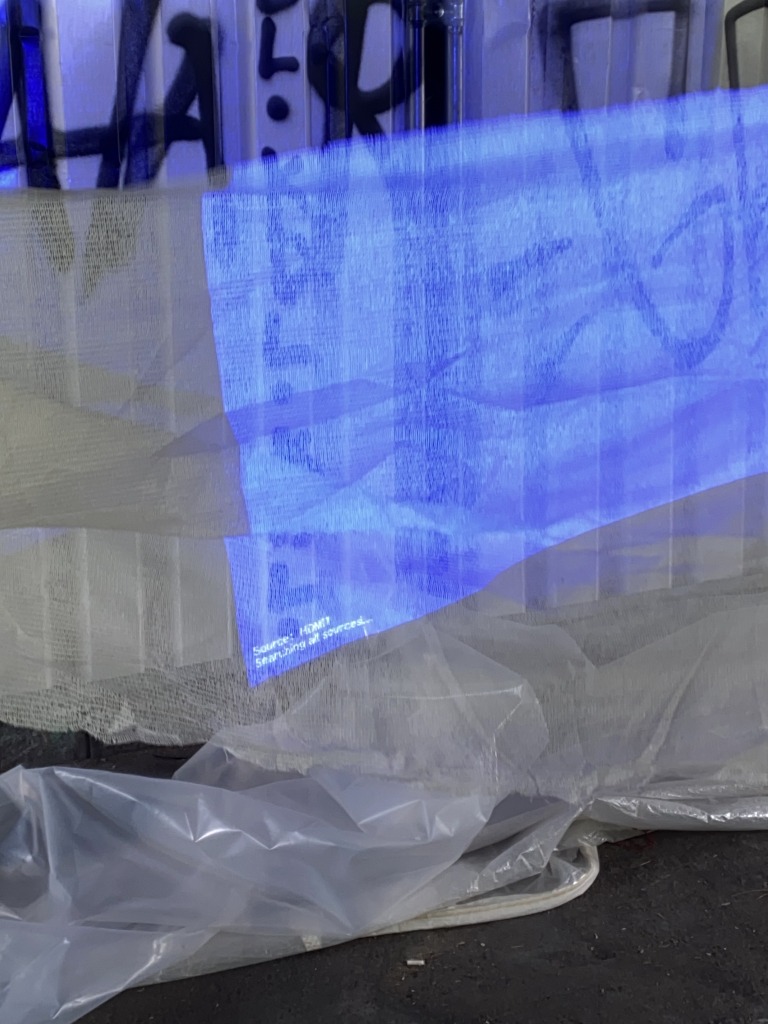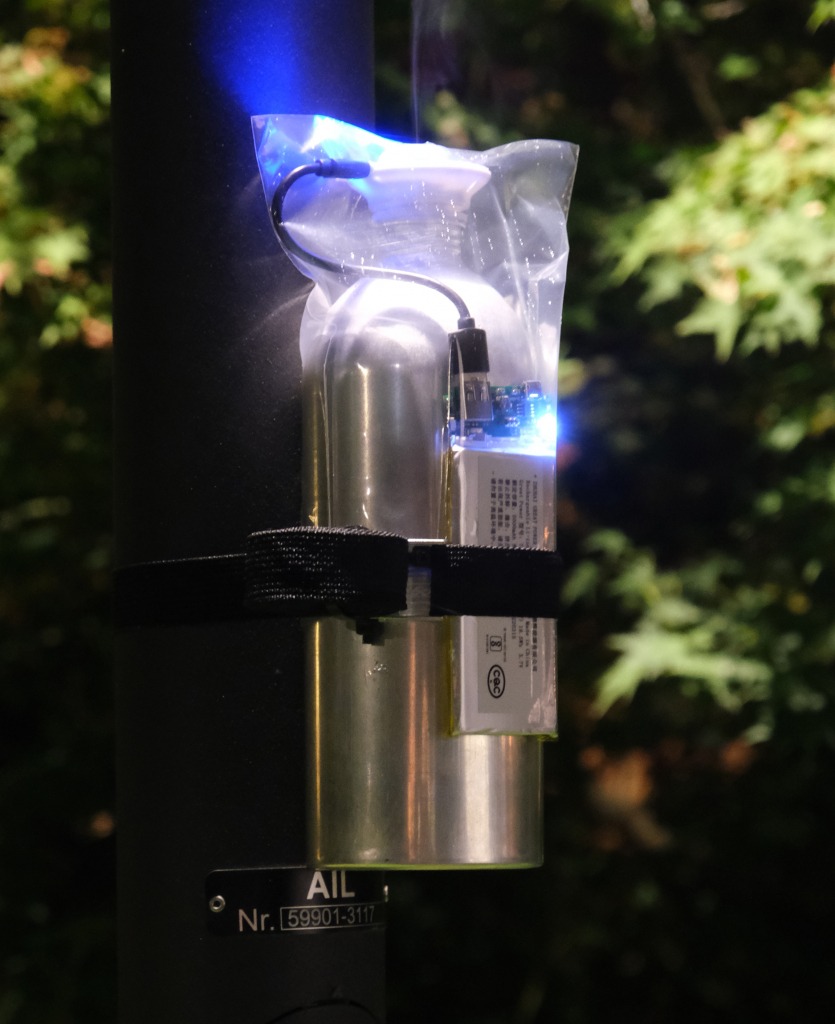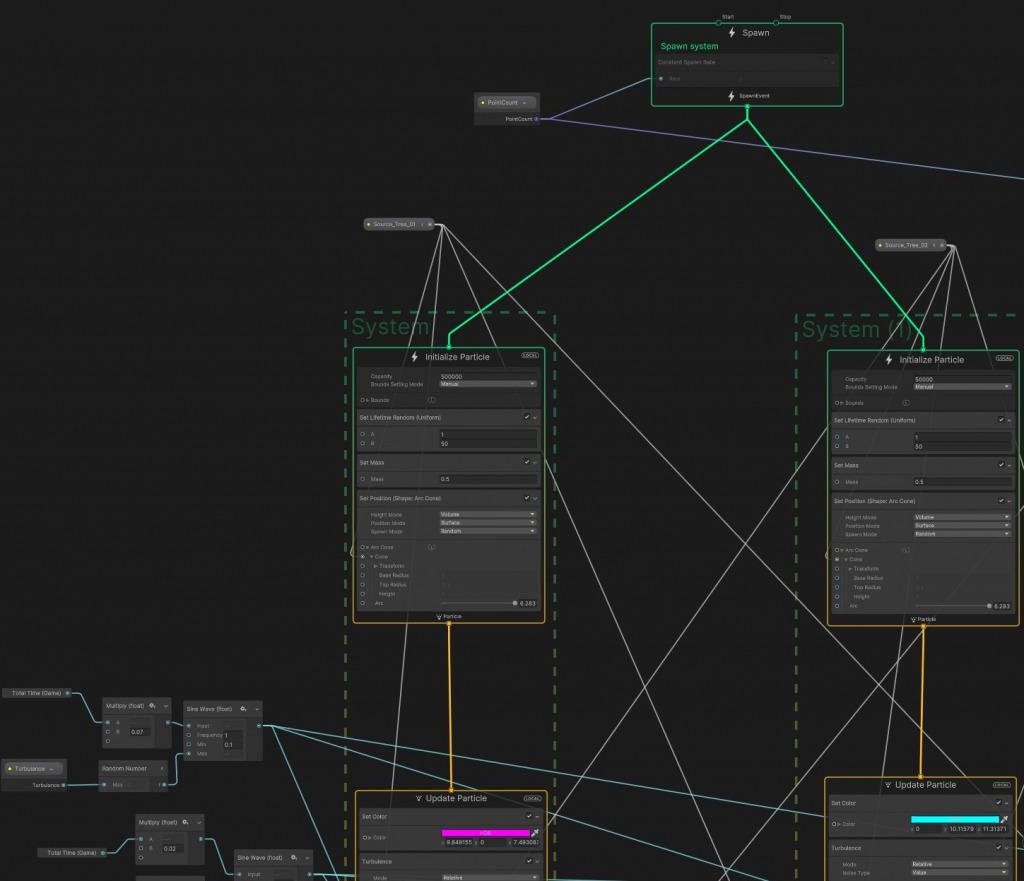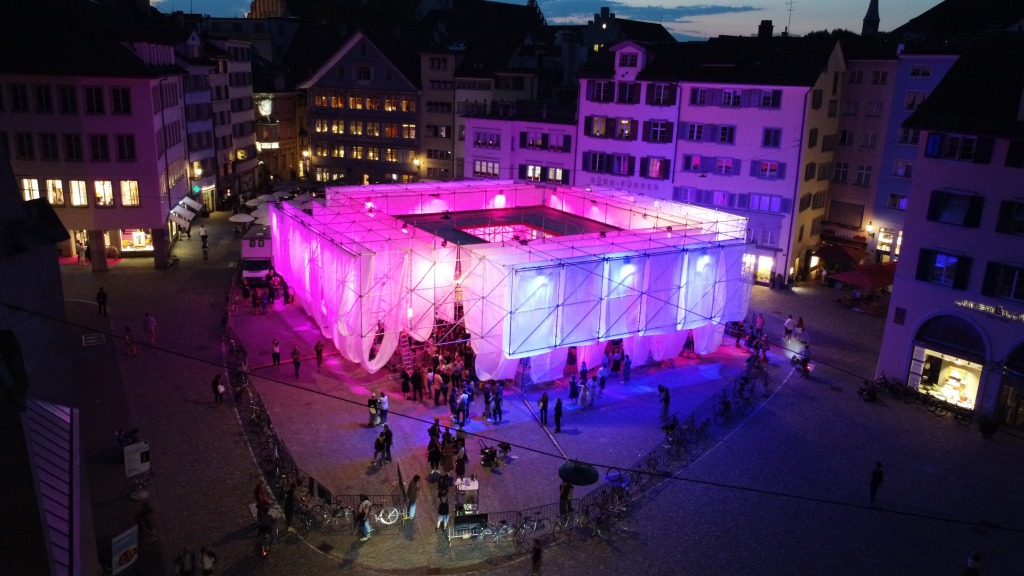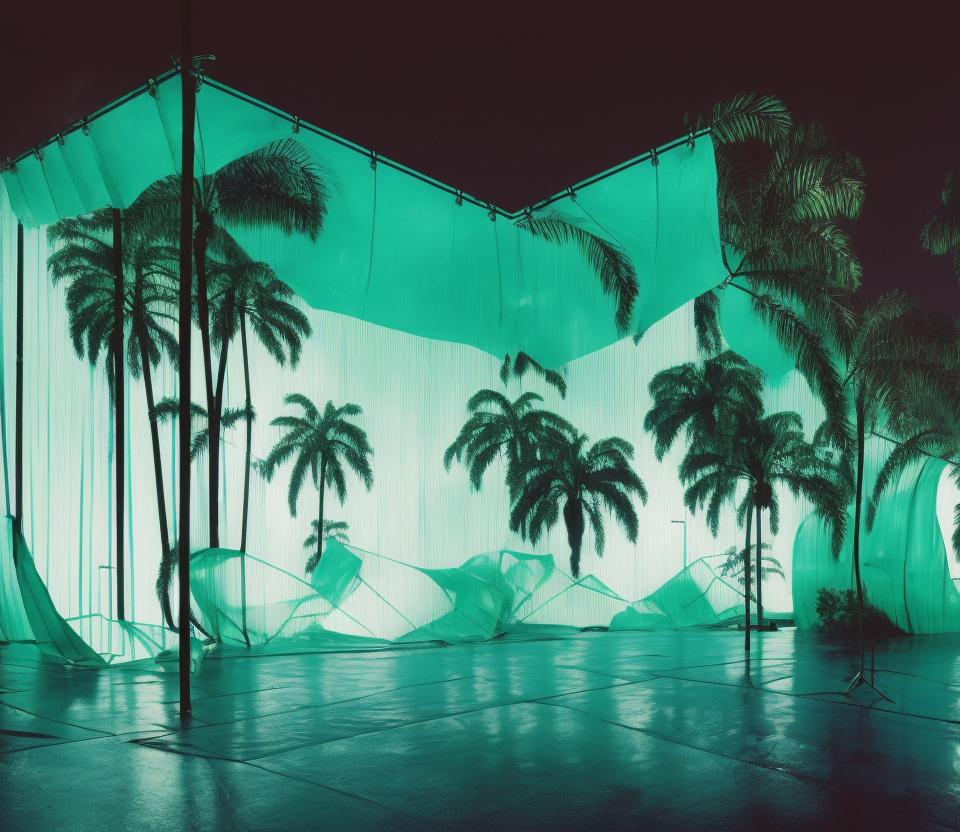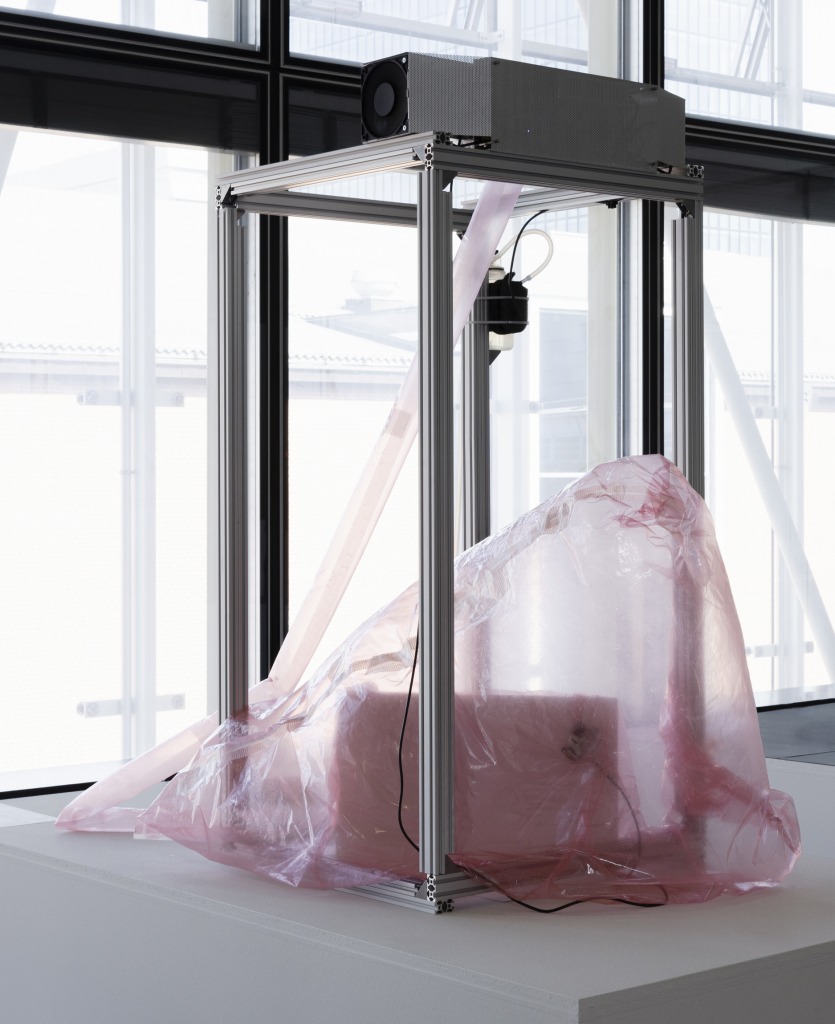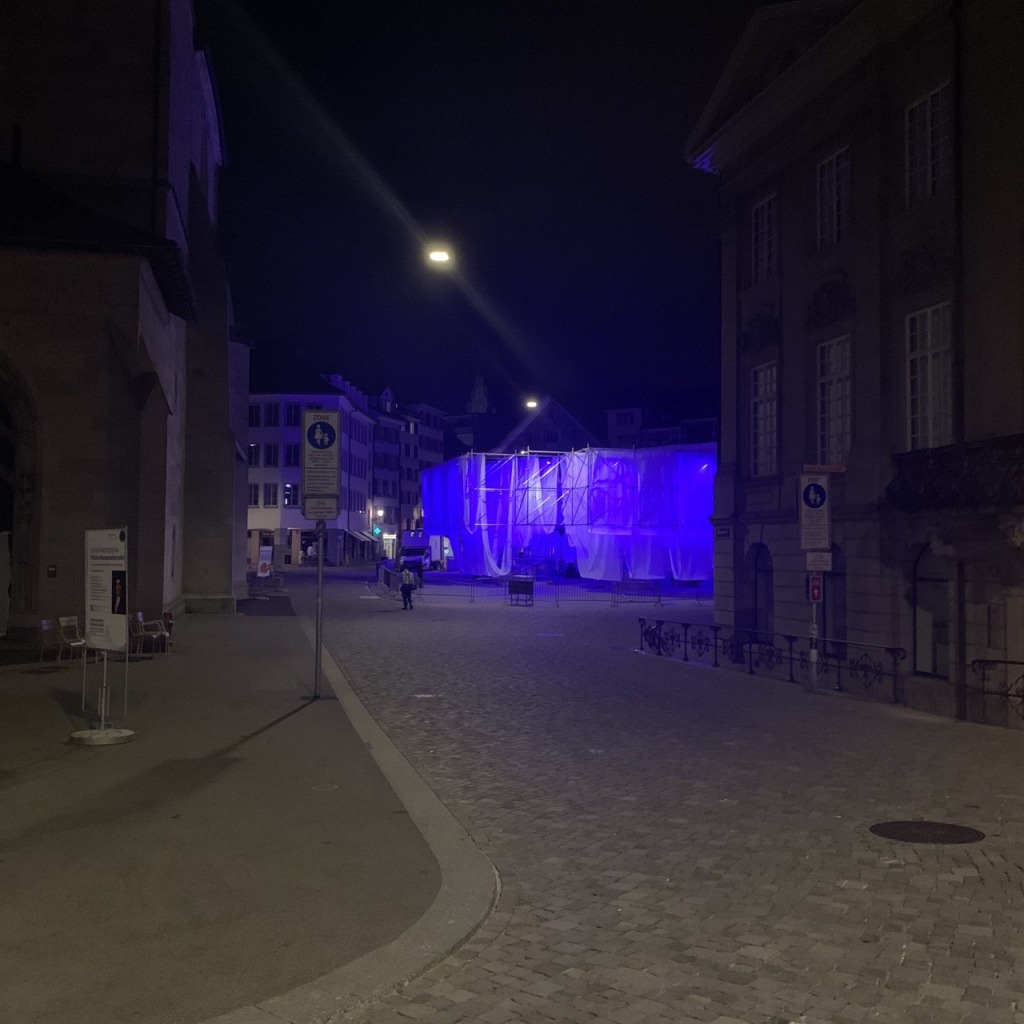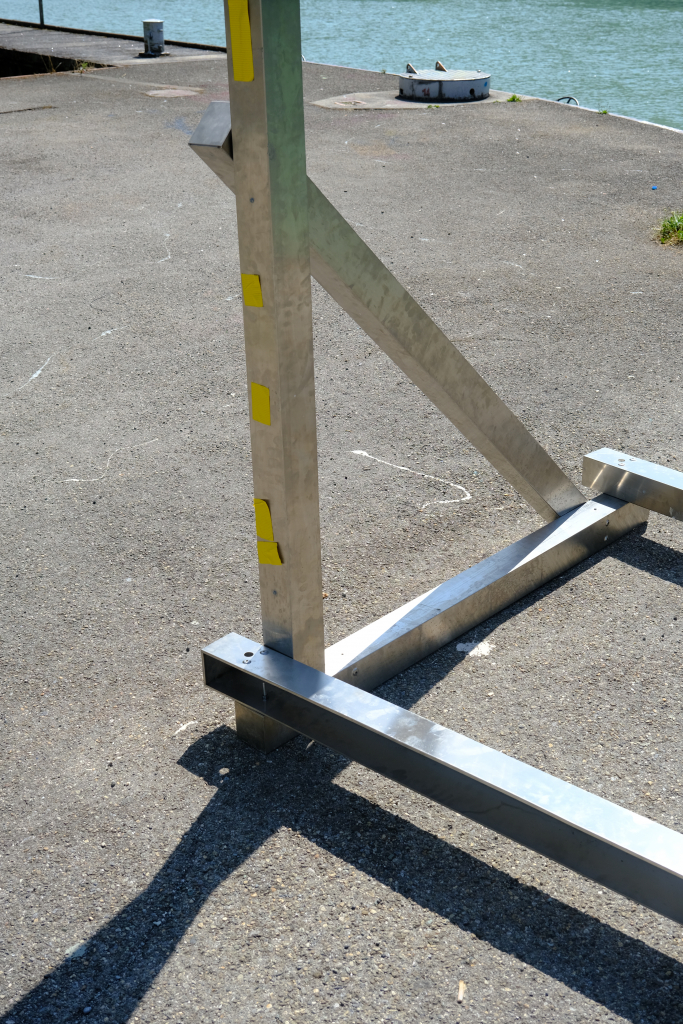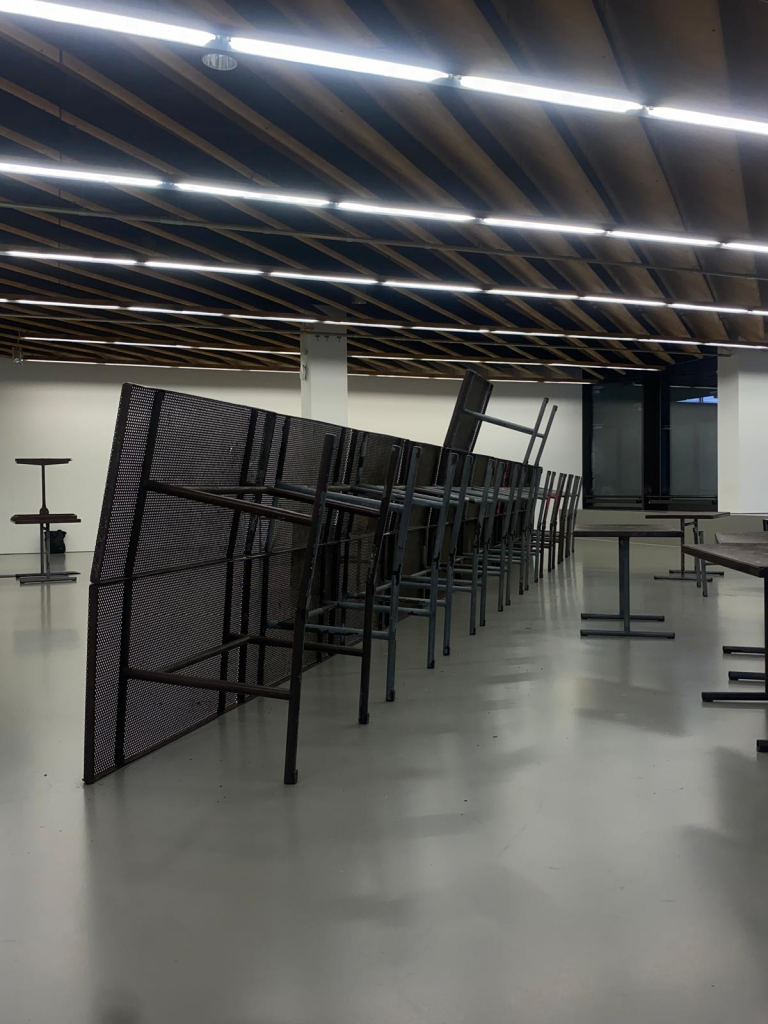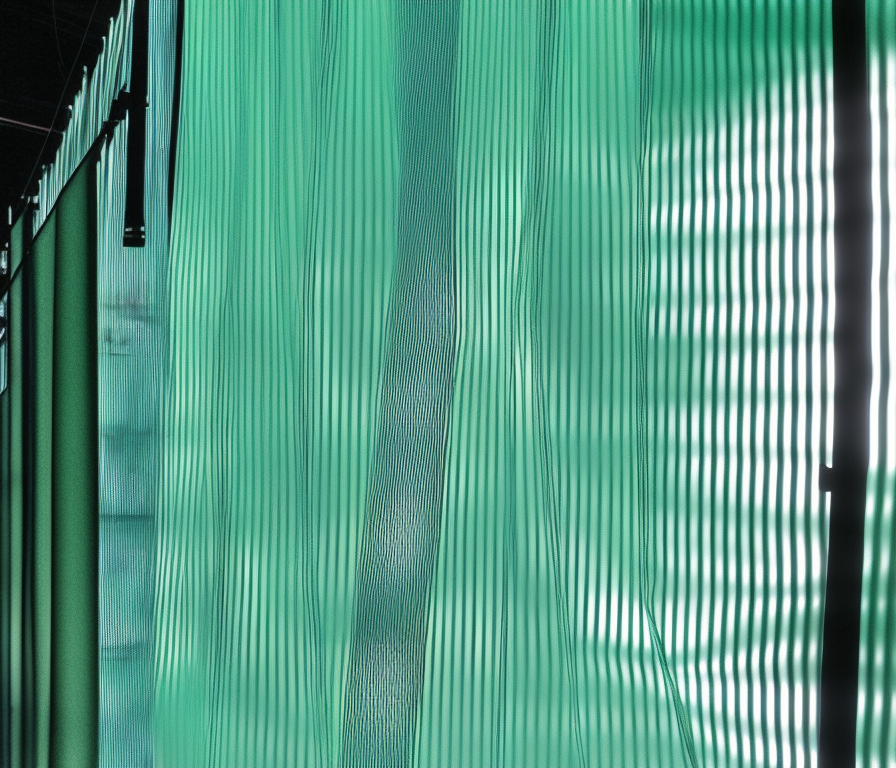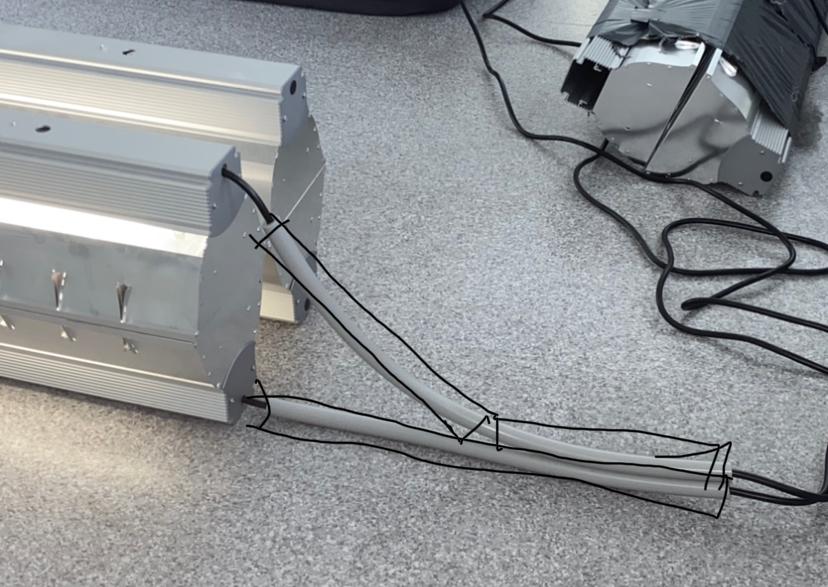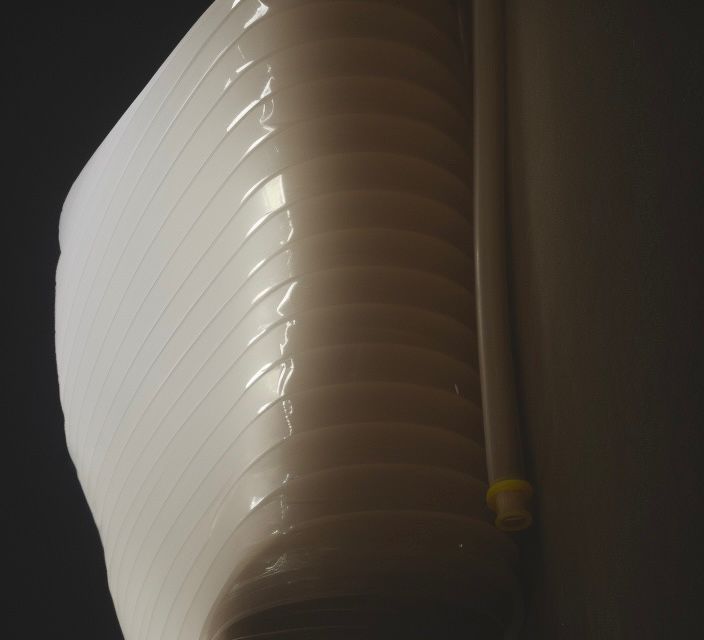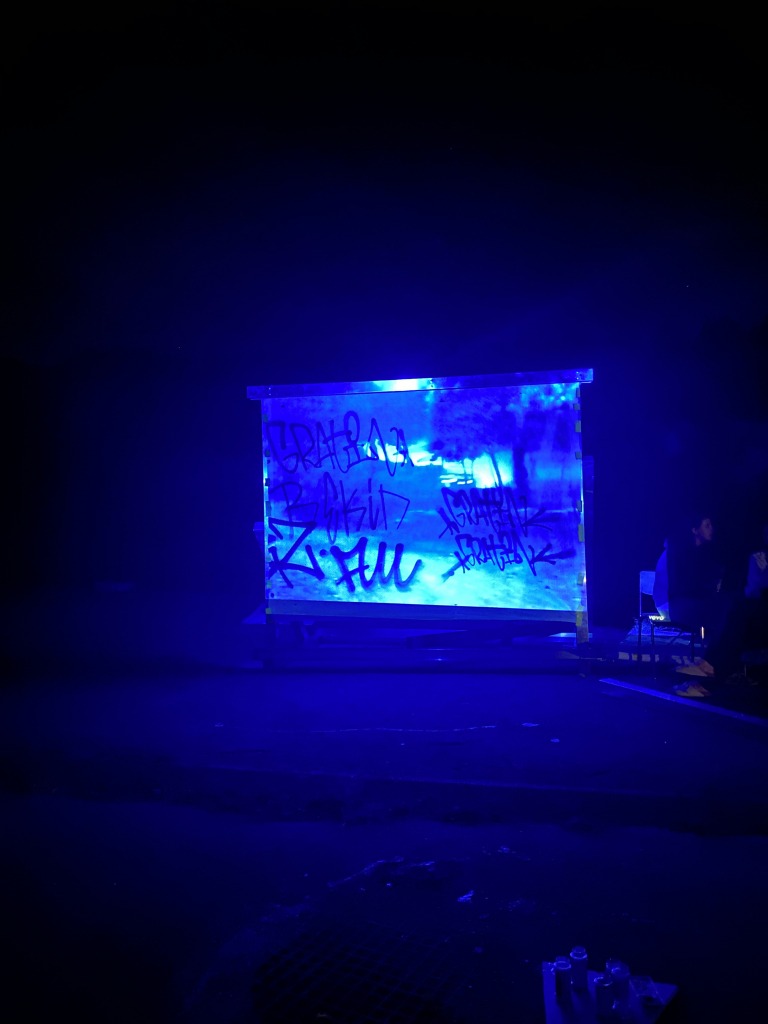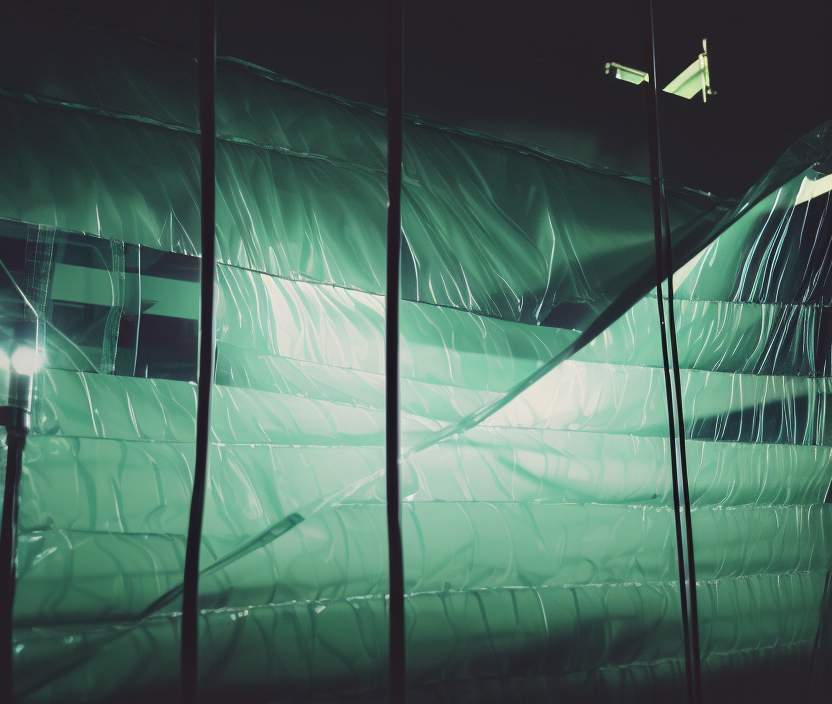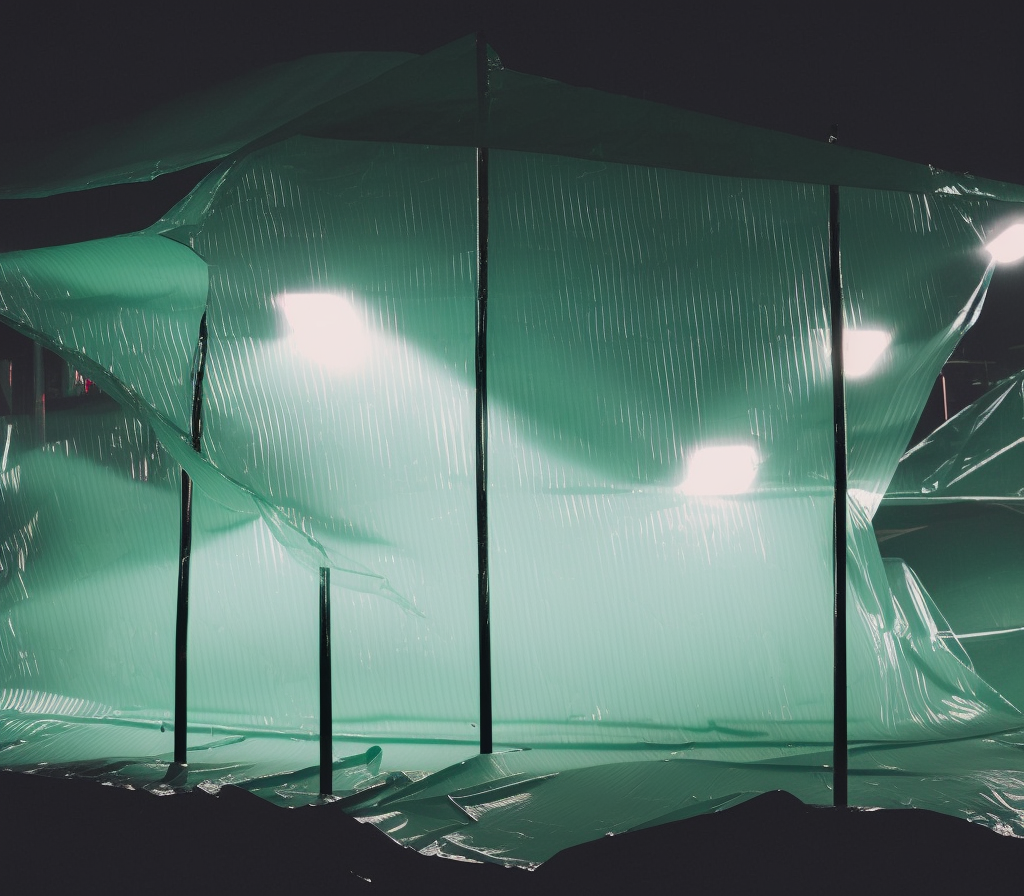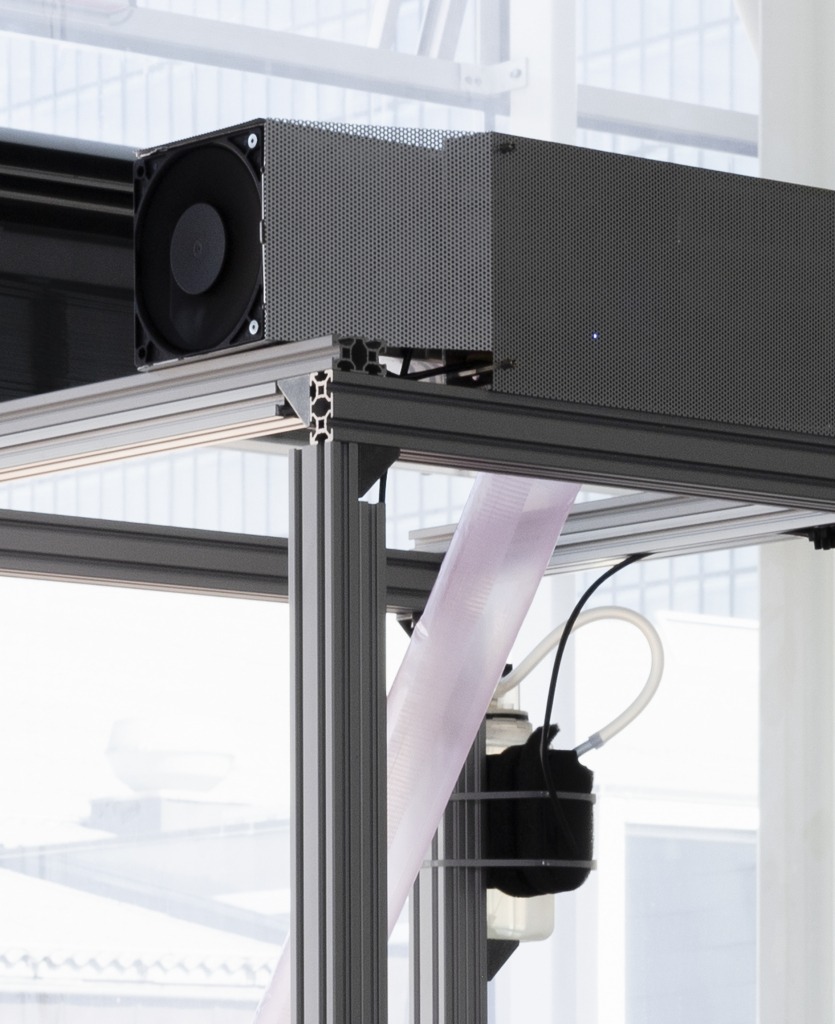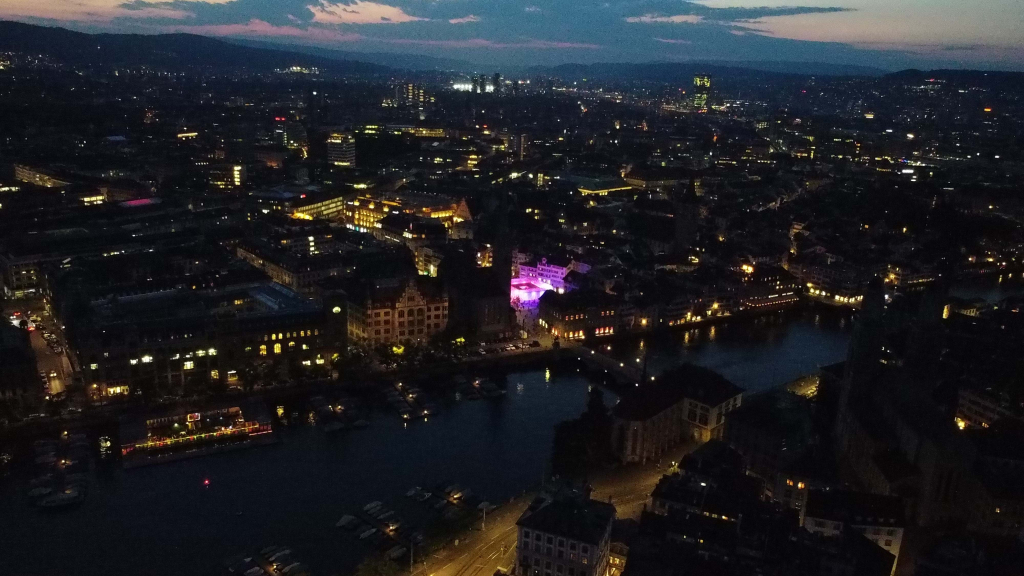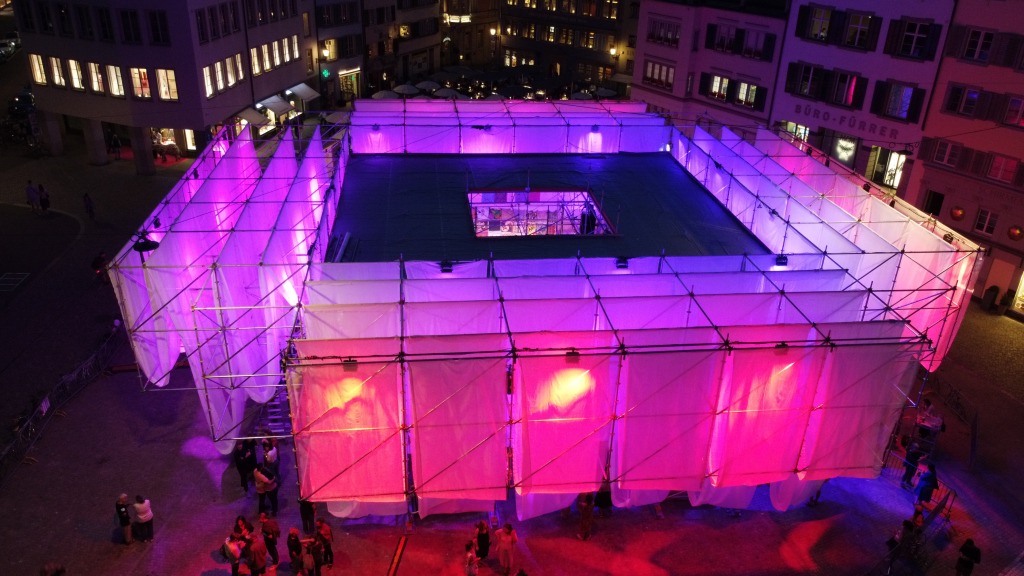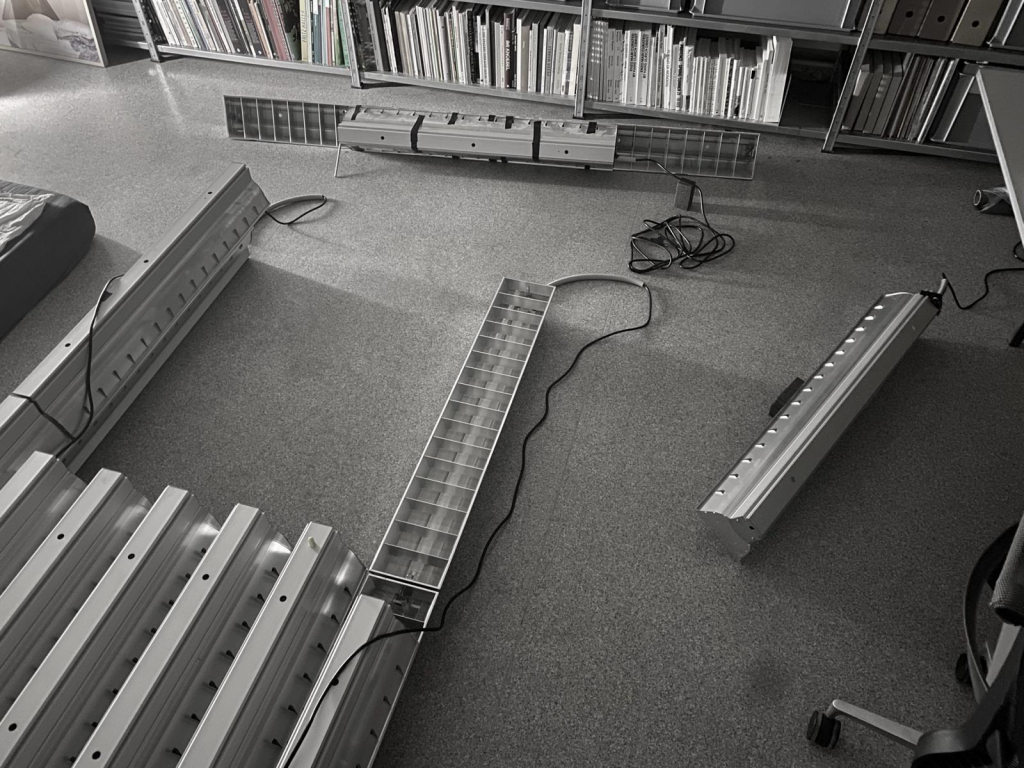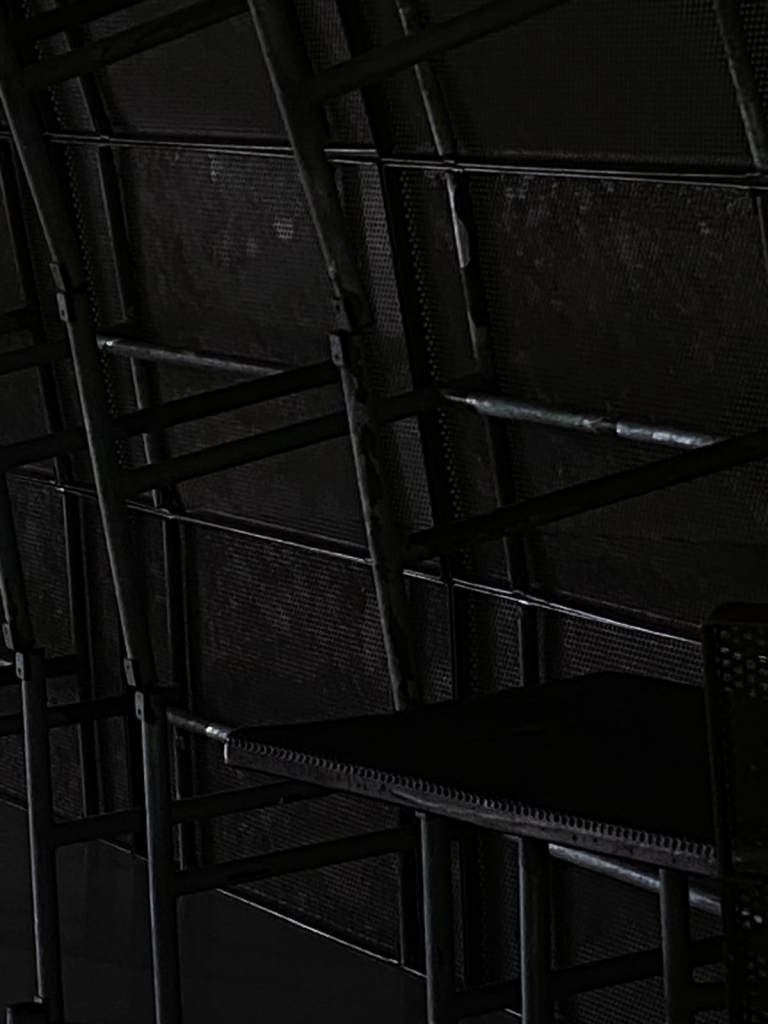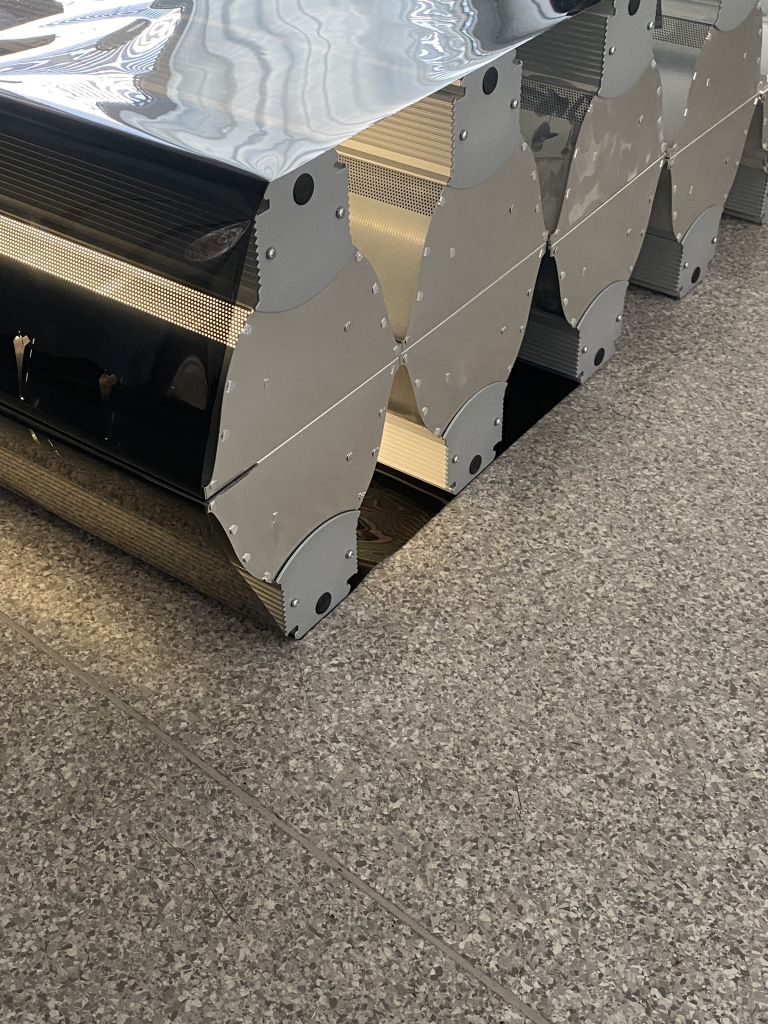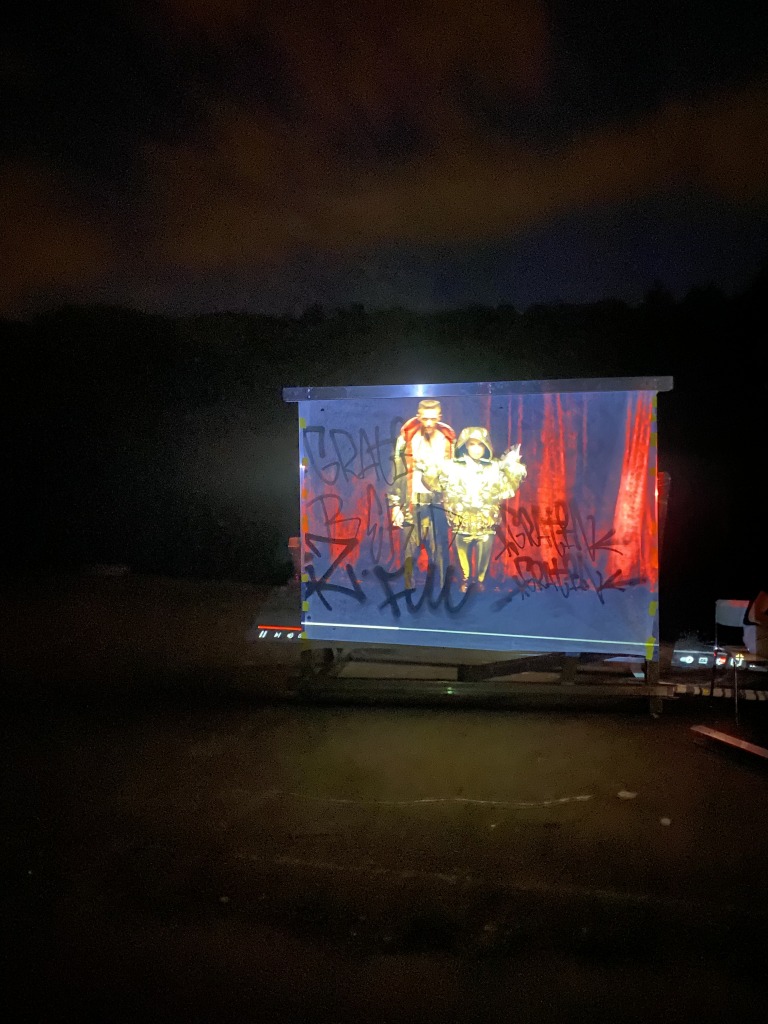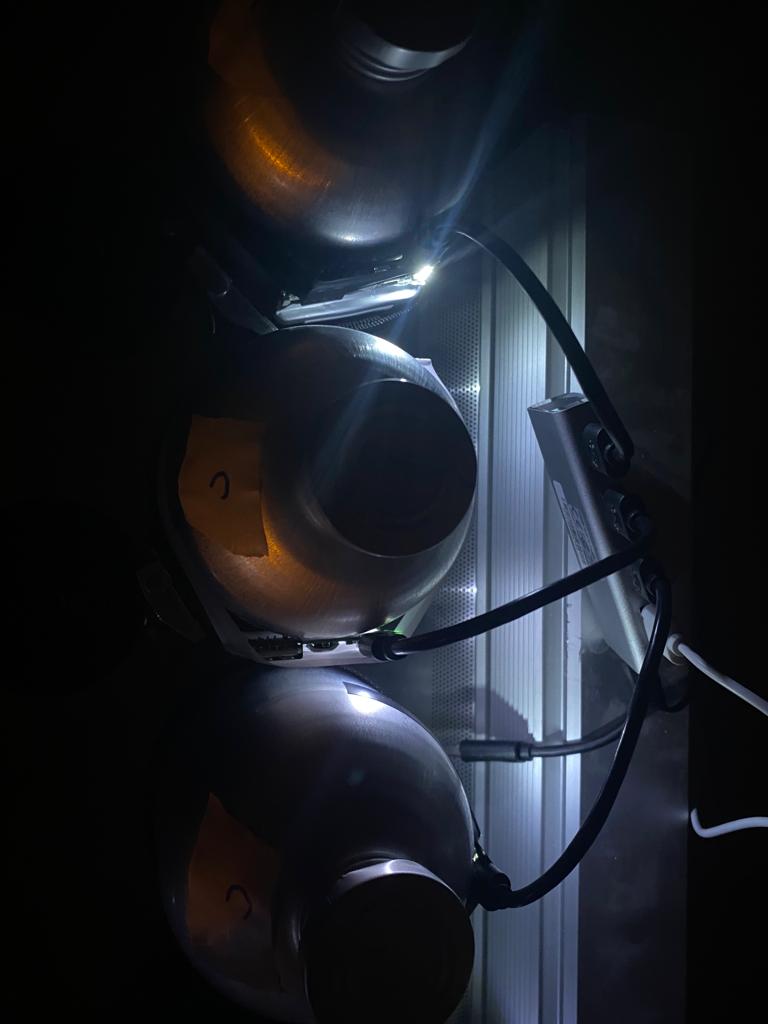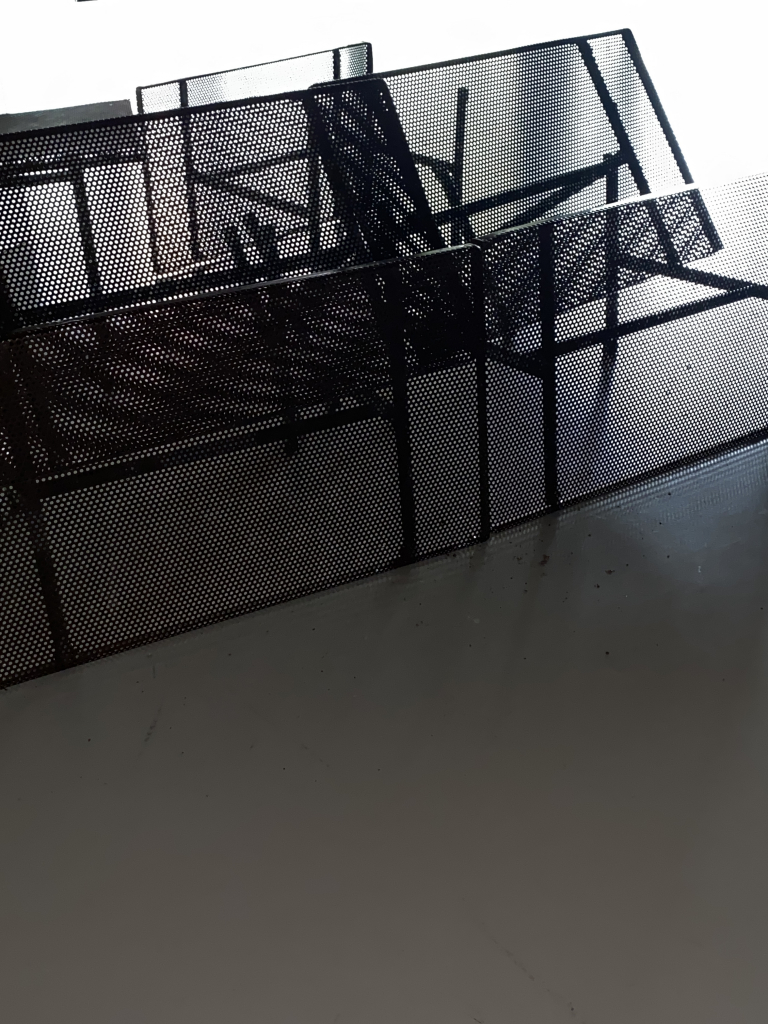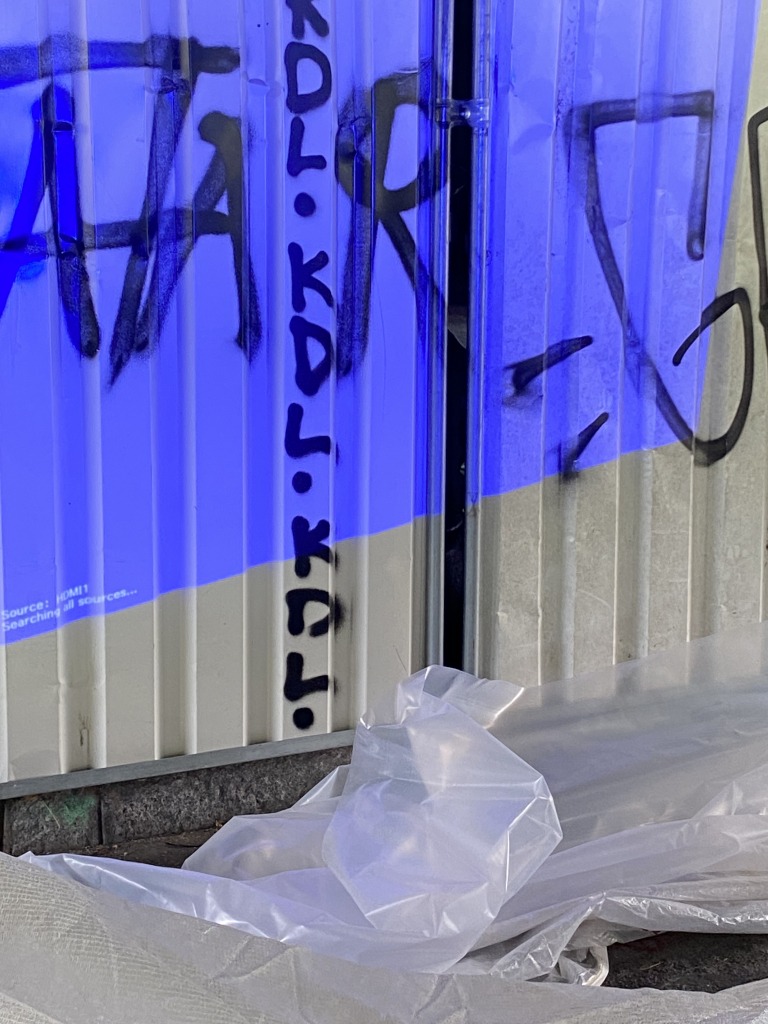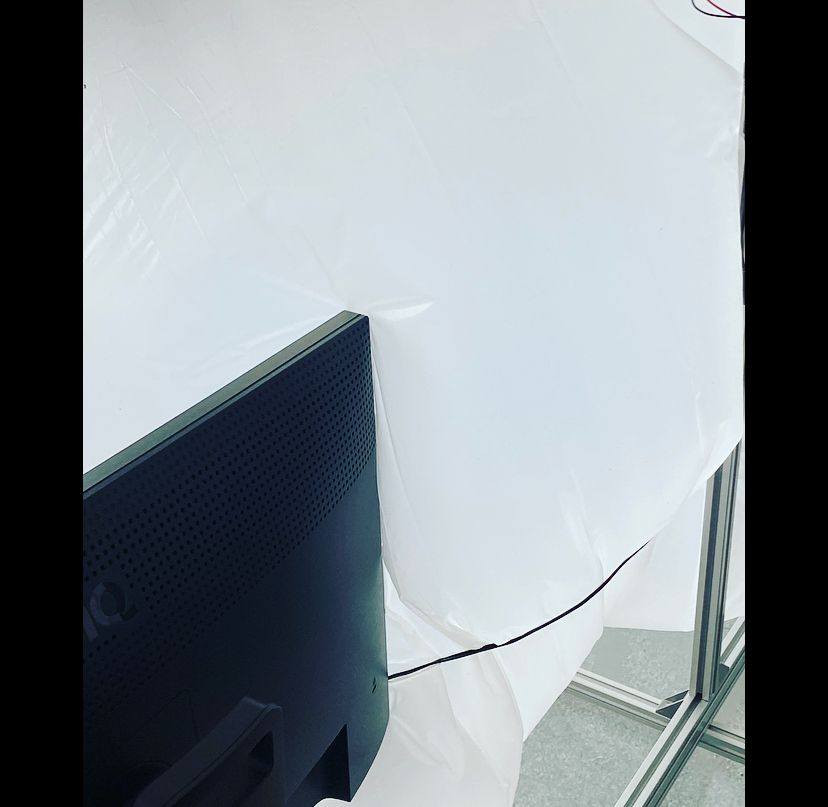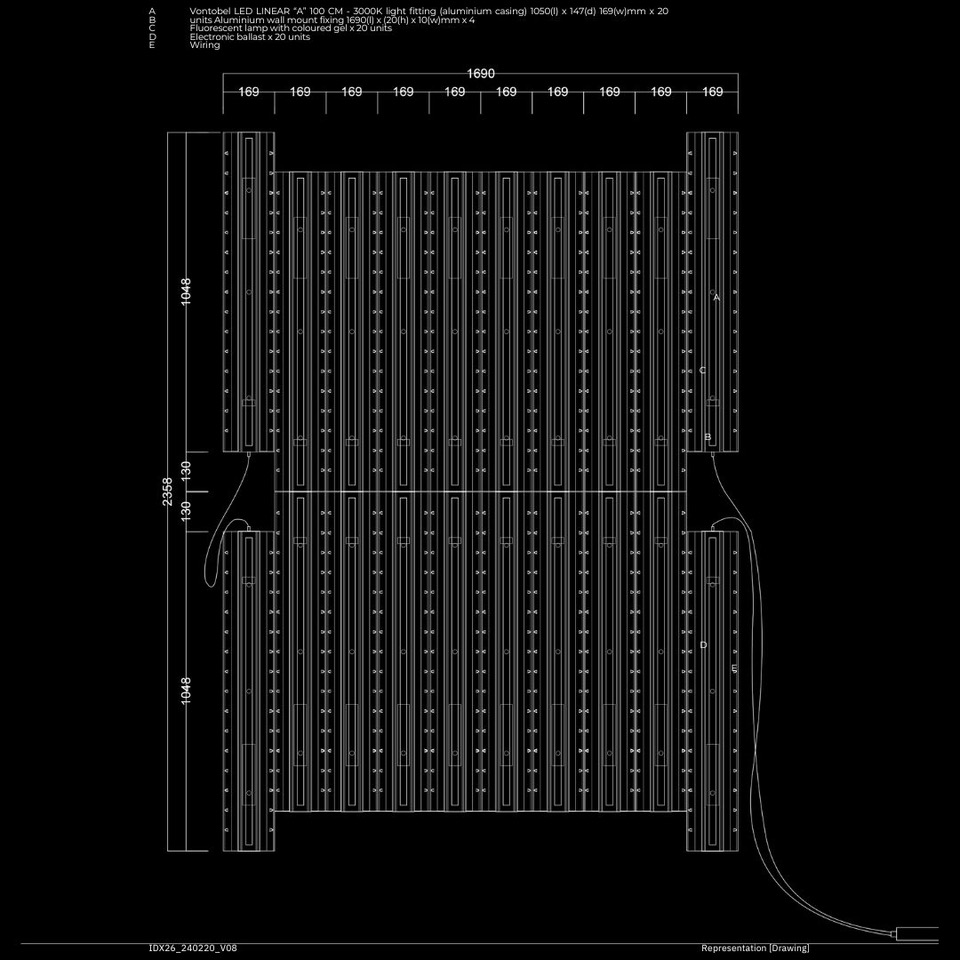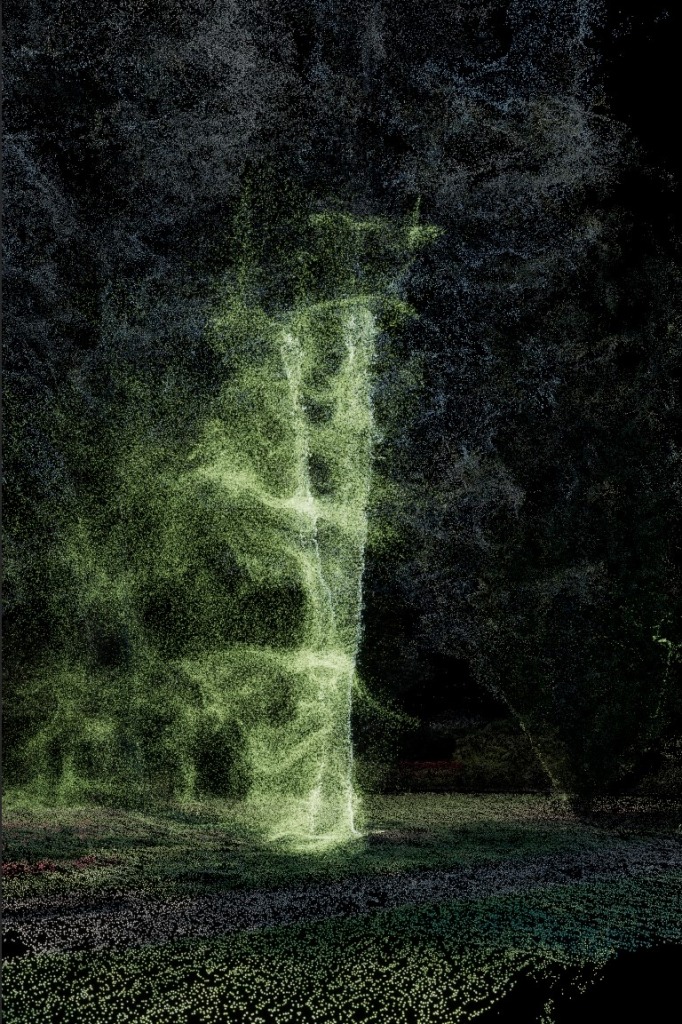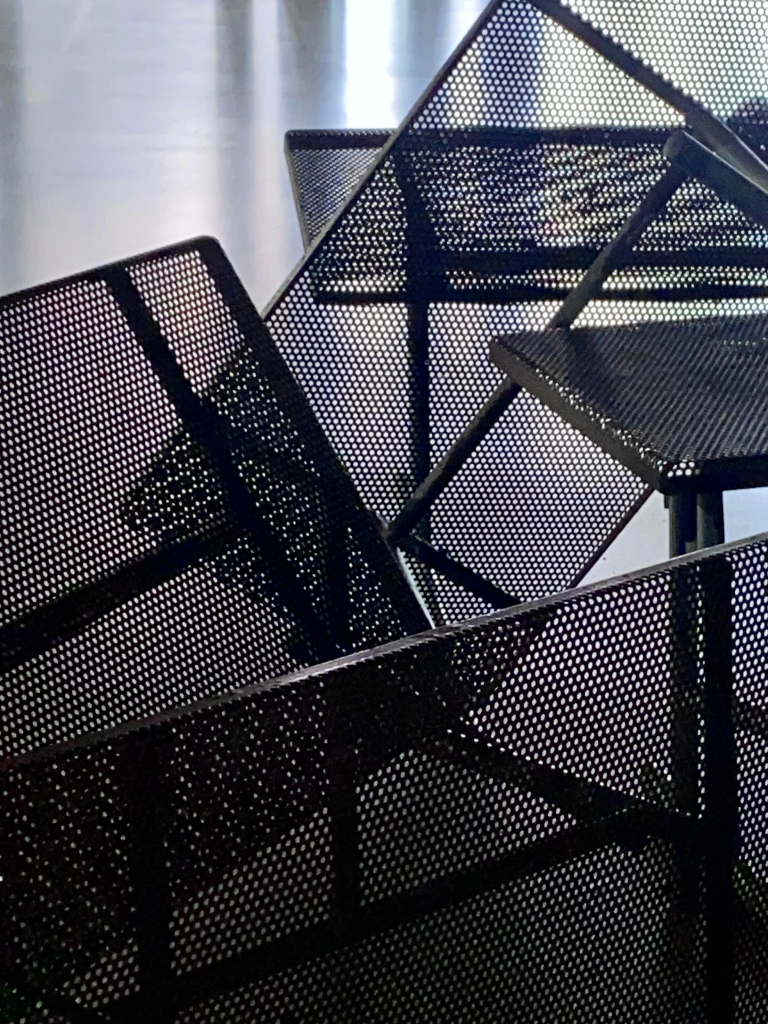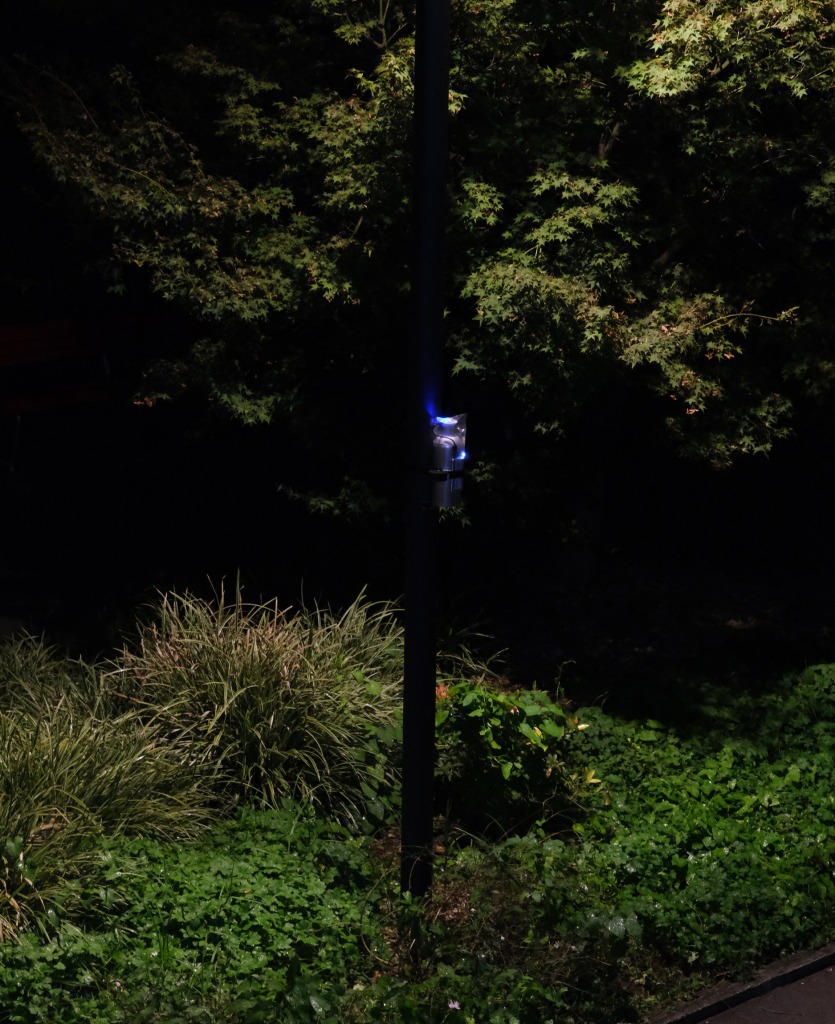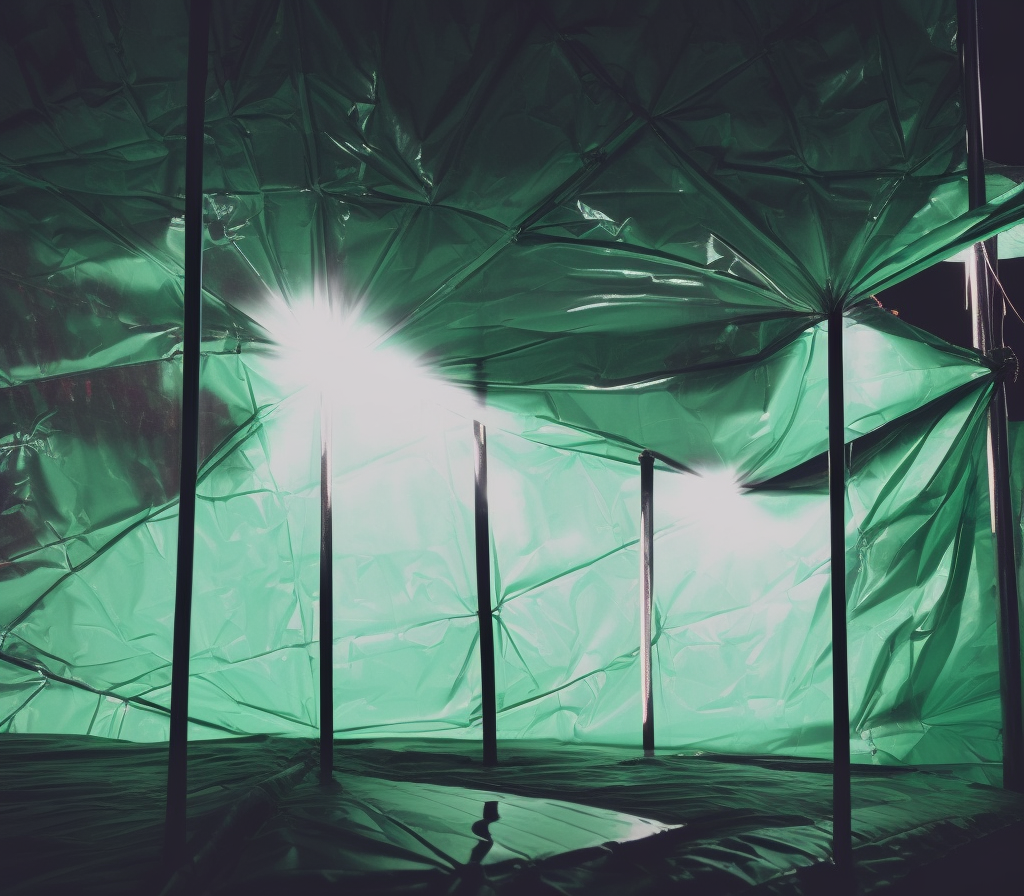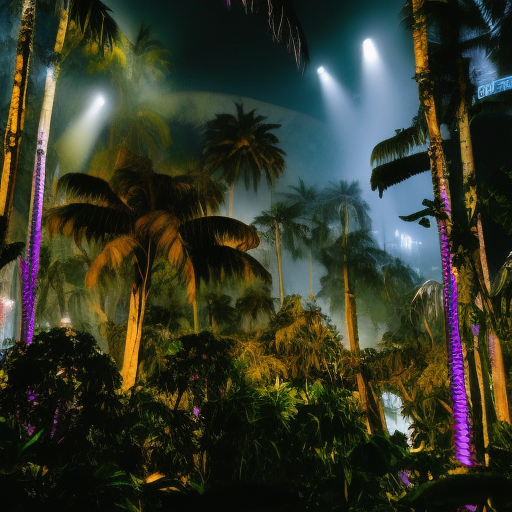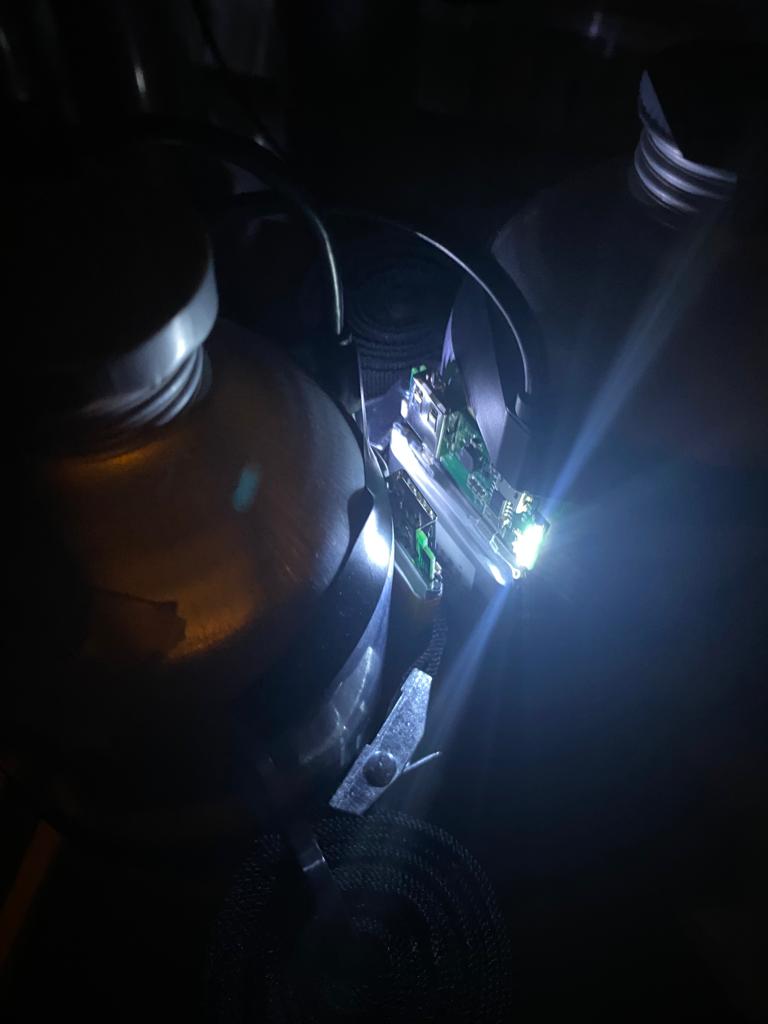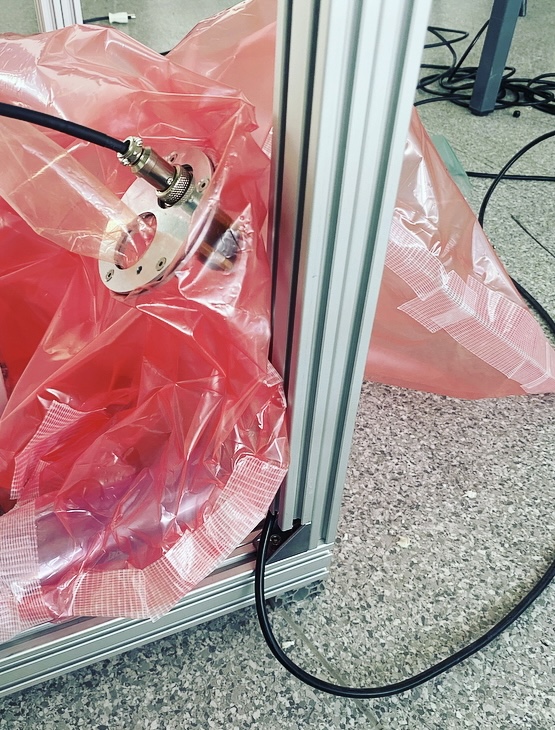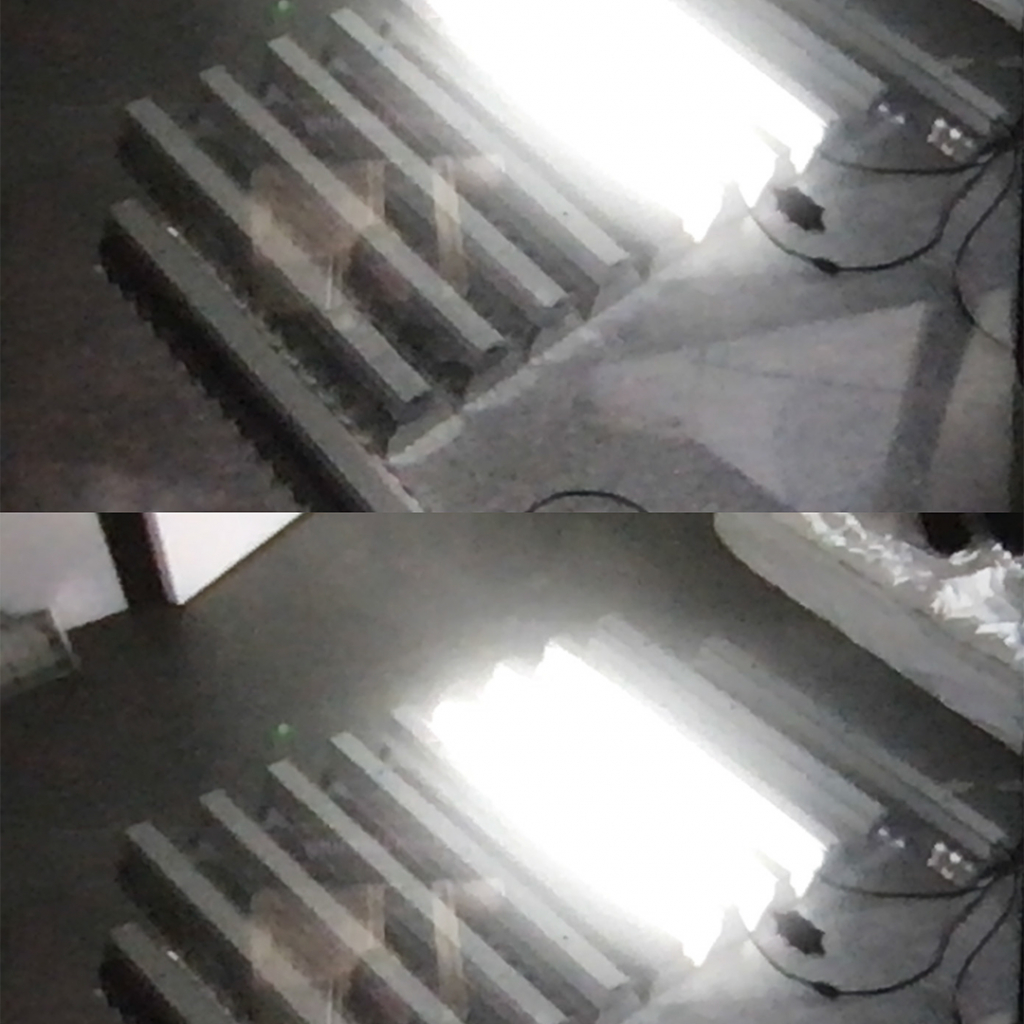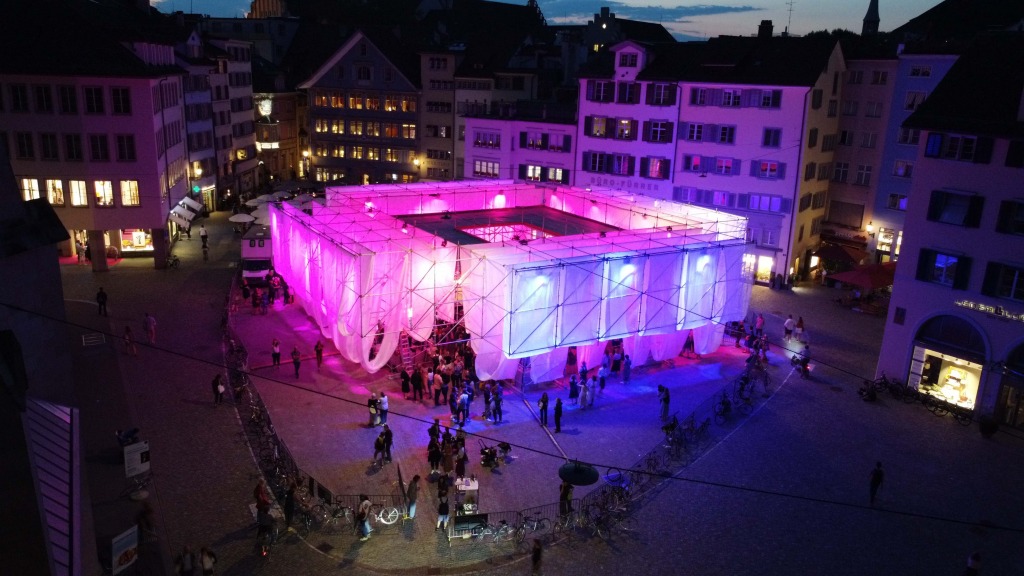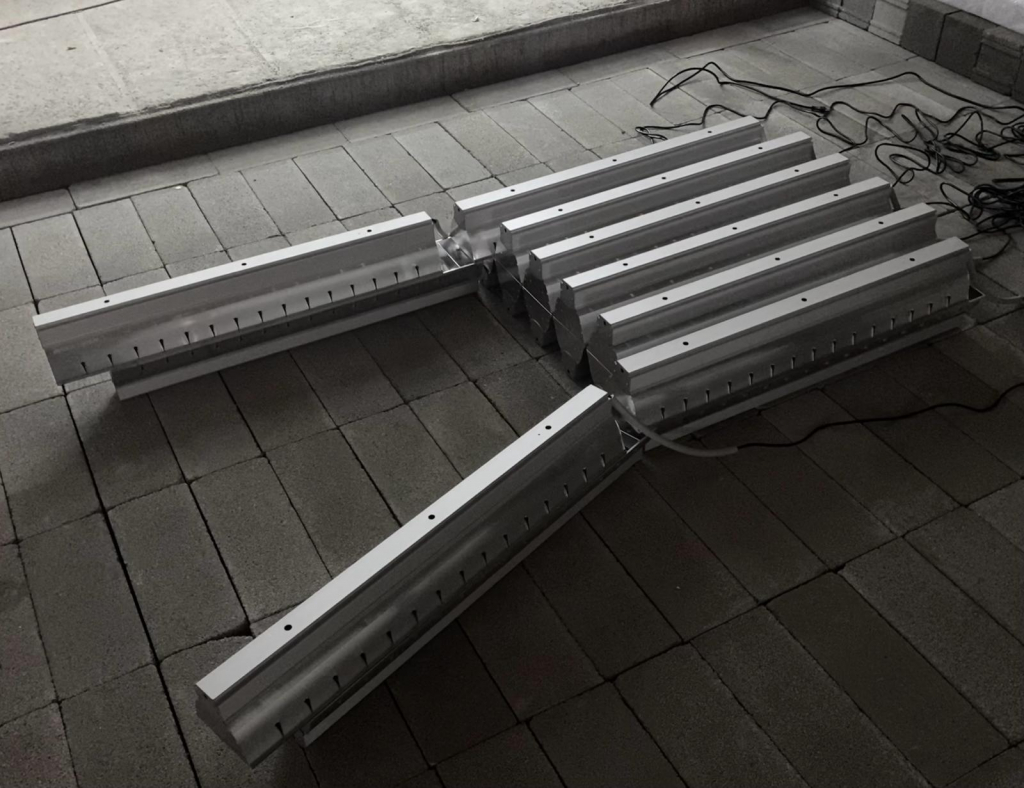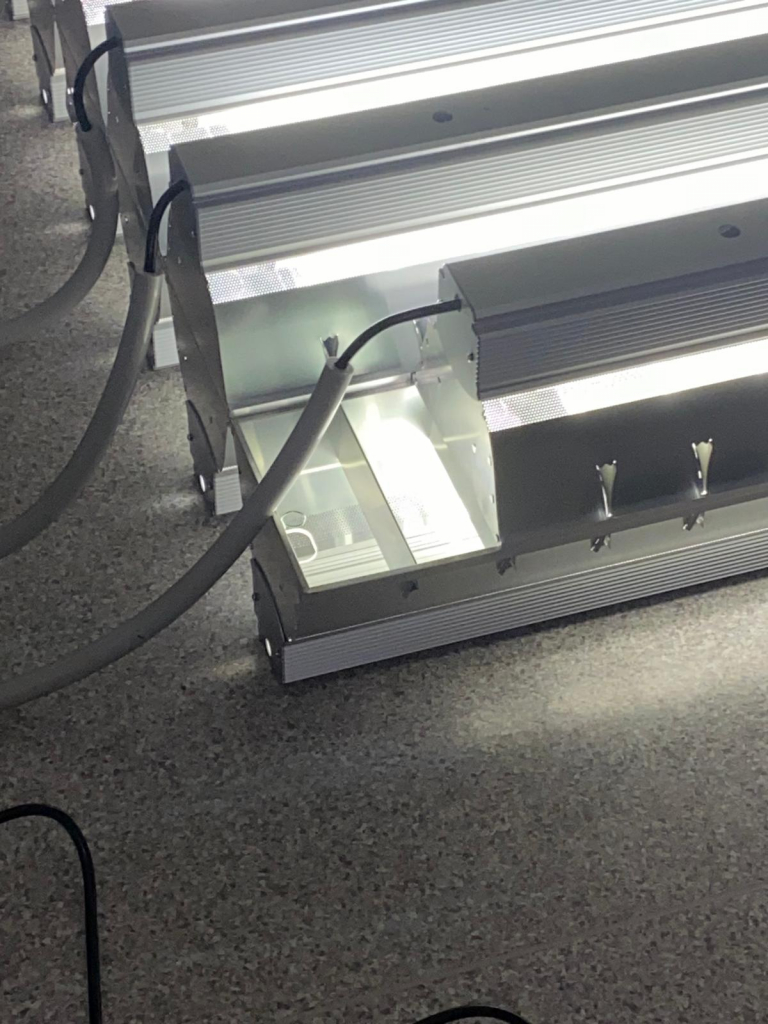Nelly Pilz
Specularia is a feasibility study for La Mobiliare At the Locarno Film Festival. The transformation of the Rotonda space, an important public space in the city into an immersive urban park is part of a wider strategy to create sponge cities that can counteract the effects of climate change. The project uses water as a starting point and explores the potential of new and old urban flora to coexist in a playful and innovative way. The park also integrates technology as a scientific monitoring and public maintenance strategy. This green space serves as a reconfiguration of nature that promotes the coexistence of different urban flora while playing a vital role in combating the adverse effects of climate change through a new aesthetics of wilderness. In collaboration with Matthew Philipps (HSZJN398) and Violeta Burckhardt (Studio Erde), Locarno 2023.
As part of the development of the socio-cultural project PORTEOUS, we developed a series of furniture on wheels out of recycled material from the site for the Geneva based institution. The three-day workshop was structured around three events: a concert, a banquet and an open-air cinema evening. In collaboration with Sujets Objets and Matthew Phillips (HSZJN398), Geneva 2023.
Exhibition contribution for the Biennale Svizzera del Territorio. Simulacrum(1) constructs a fictional territory of our future through the sense of smell. With the ‹finitude of resources implying the non-finitude of processes›(2), synthetic perfumes installed in the garden of Villa Saroli construct the largest collective environment with the minimum material means. ‹Air as medium›(3) becomes the carrier, questioning the notion of borders, affiliation, and agency. Simulacrum shifts the priority of sight over other senses in the construction of our environment–through olfactory experience, re-establishing a collectiveness within and beyond the boundaries of the site. ¶ With the onset of climate change, local flora will become extinct, whilst other species will start to domicile. Plants will blossom more than twice a year(4), increasing their fragrance. Through diffusion, Simulacrum reinstates scent to the garden in October when the plants are not blooming. Mimicking the park’s four flowering species(5) naturally never appearing simultaneously, Simulacrum invents new olfactory interactions and ‹uncanny›(6) speculations on future shifts in our environment. ¶ Simulacrum challenges the notion of where things begin and end–discussions framed in such established terms. Simulacrum seeks to re-establish how we talk of the built environment–nothing is immutable, perfect, finite–everything is continuously in flux.¶ In collaboration with Tetyana Kulminska, Matthew Phillips (HSZJN398), Scanvision ETH (visual simulations) and Anni Katrin Elmer (photographer), Lugano 2022. ¶ 1 Jean Baudrillard, Simulacra and Simulation, 1981 ¶ 2 Biennale Svizzera del Territorio, 2022 ¶ 3 Eva Horn, Air as medium, 2018 ¶ 4 Discussion, Roman Kaiser, Adam Jasper Smith and Nelly Pilz, 8.9.22 ¶ 5 Magnolia Grandiflora, Prunus Laurocerasus, Jasmin, Camellia Japonica
Questions the conditions of our controlled environments. In an act of inversion, the installation utilises the separation tools of modern architecture. By inserting the smell of rain into the exhibition hall of the Swiss Art Awards 2023, we disrupt the control systems and blur the boundaries between the natural and the artificial. The installation involves propping lightweight structures onto the existing ventilation outlets of the 160,000 m2 exhibition hall. The incoming air is channelled and mixed with a synthetic rain scent in containers below. In collaboration with Tetyana Kulminska (Verdandi Perfume), and Matthew Phillips (HSZJN398), with the support of Fabian Bircher, Basel 2023.
On the occasion of the 50th anniversary of Swiss women’s suffrage, the association créatrices.ch ask the chair of Prof. Mosayebi to collaborate. For ten days, Klangkleid occupied Zurich’s Münsterhof and provided the architectural framework for activities and discussions about equality and democracy. Together with students, an experimental, ephemeral and reusable structure was designed and constructed. It appropriates the urban space in an intelligent, sensitive and surprising way and invites visitors to encounter the past and the future in a politically engaged way. A collaborative project from the chair of prof. Mosayebi, ETH Zurich and the association crèatrices.ch. Photographs by Roland Bernath. Zurich 2021.
T.T.T.T. decouples artistic action from the self, transferring it to the physicality of objects. Forms are composed through the effects of gravity, material properties of industrial elements and tectonic failure. Living with complexity means enduring unknowability and uncontrollability. Art helps us to accept that more is visible than can be depicted with language. What appears chaotic to conceptual thinking is accessible to the eye as order from matter, from reality. ¶ Through the density of the table screens and the constructive failure by chance, the work is dealing with the uncontrollable within the confines of the gta exhibition space. The work seeks abstraction in order to return to the concrete image via the figure. It sets things in motion that take place in the mind of the observer, develop a law of their own there, and then penetrate the space and the course of one’s behavior in a new way. ¶ In collaboration with Steffen Hägele, Jacob Höppner and Matthew Phillips ¶ exhibition, 1 June – 28 June 2024, gta exhibitions.
Using recycled office materials (lighting, carpets, furniture), forms are tested and developed as individual furniture or larger installations and artworks. ¶ For version 08, vontobel strip lighting arranged serially as a wall installation turns the ordinary, often discarded office lamp into an extraordinary light installation [extraordinary in scale/ light / physical presence]. ¶ The ordinary office lamp is face fixed, so its unseen back faces forwards, offering a more subtle diffused lighting experience and revealing the intricate aluminium casing that is often hidden from view. ¶ Repetition allows a scaling of the regular non-hierarchical objects, which forms a site-specific installation in Tunnel 40. ¶ The project challenges the typology of the standard office lamp and how standard elements that we take for granted can be understood in a new light through serial repetition and rearrangement. ¶ The project IDX26_XXXXXX is an ongoing collaboration with HSZJN398.
MSc Arch ETH/SIA (*1984, Berlin, DE) In her work – often collectively – she seeks to re-establish how to talk of architecture and discussions framed in established terms. Through the adoption of installation, simulation and performance, her projects activate the senses, disrupting our perception of existing environments. Sites range from machines to institutions and infrastructures. Through the construction of collective sensorial spaces, she reveals, fantasizes, and questions the status quo in search of new relations and architectural forms.
Instagram, Email
